Over Golden Week, several days of holidays in Japan, the majority of the “kaisha” (aka traditional 8 to 5 companies) give their employees time off for the government holidays. As the Japanese are well known for being heavy workaholics, working well beyond the needed hours during the workweek, the short time they get off as vacation is treasured time with loved ones.
I was lucky enough to be in Japan during the Golden Week 2019, where there were an astonishing…. 10 days off in a row! Yes, this included 2 weekends, but it’s still an uncommon occurrence for the country in general. Here I’ve got a list of everything that my boyfriend Christian and I did during our holiday break.
We decided to go to Osaka, and its neighboring cities, because after Tokyo, it was the busiest and most talked about metropolitan area in Japan. We also tried to visit a friend who was working in Osaka while we were there, and bring her back to Tokyo with us, but we weren’t able to meet up, as her plans changed unexpectedly.
The second post in this series will have a more concise itinerary at the end, if you don’t have a lot of time. It will have further suggestions if you have more time!
We started our trip on the shinkansen (also known as the bullet train). We had originally planned to take a flight, but waited too long, and the prices shot up way too high. Shinkansen tickets moved fast, and were pricey as well, so we got on the Kodama shinkansen, which had many stops, and also had the lowest price available for Golden Week. It was roughly 12000 yen (about $115) per ticket. The ticket came with a free drink, but we realized too late that there was no drink or food cart on Kodama trains anymore. We had some snacks though, and whiled the time away looking through the windows, reading, and playing on Christian’s Nintendo Switch. Once we got off, we were able to redeem the drink on the train platform. I got Pocari Sweat, a Japanese sports drink that tastes vaguely like lemon-lime Gatorade.
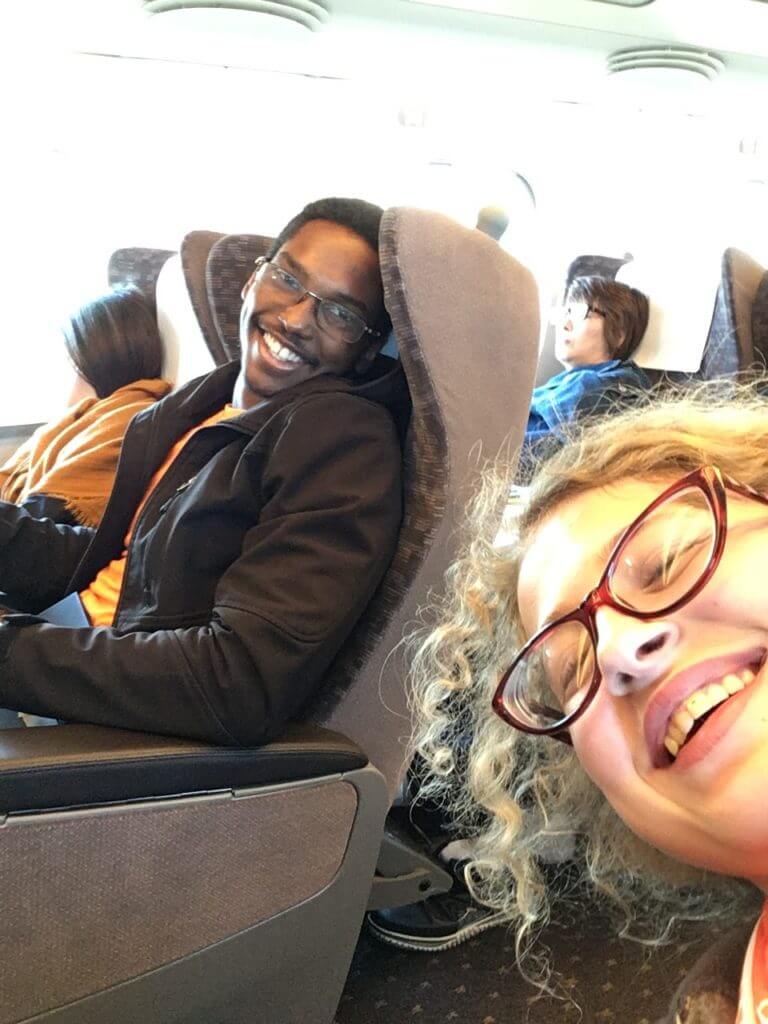
After getting off in Osaka, we had a Couchsurfing host to go meet in Kyoto. So we grabbed dinner at an Indian restaurant near the Osaka train station that turned out to be terribly overpriced, but sated our appetite.
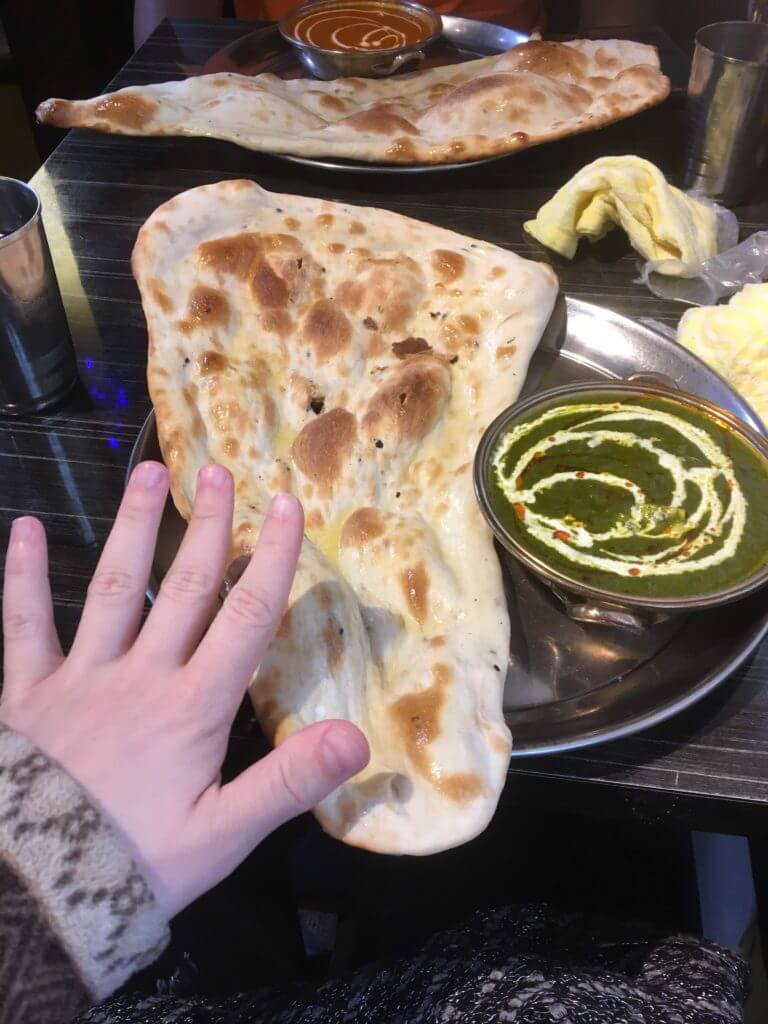
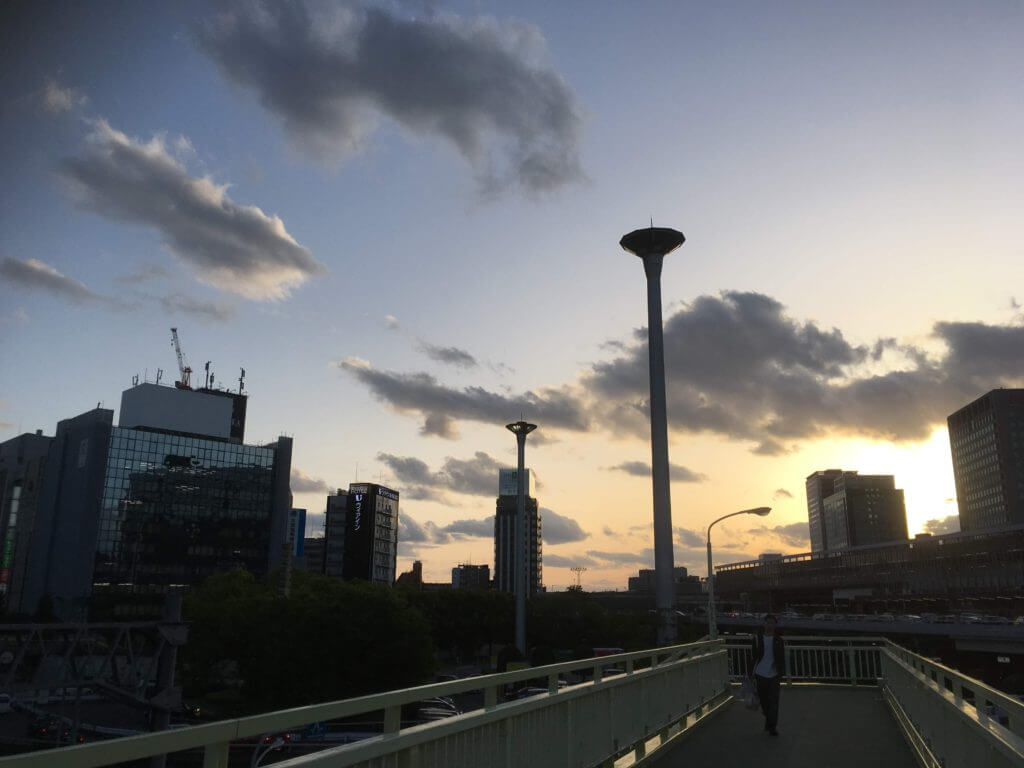
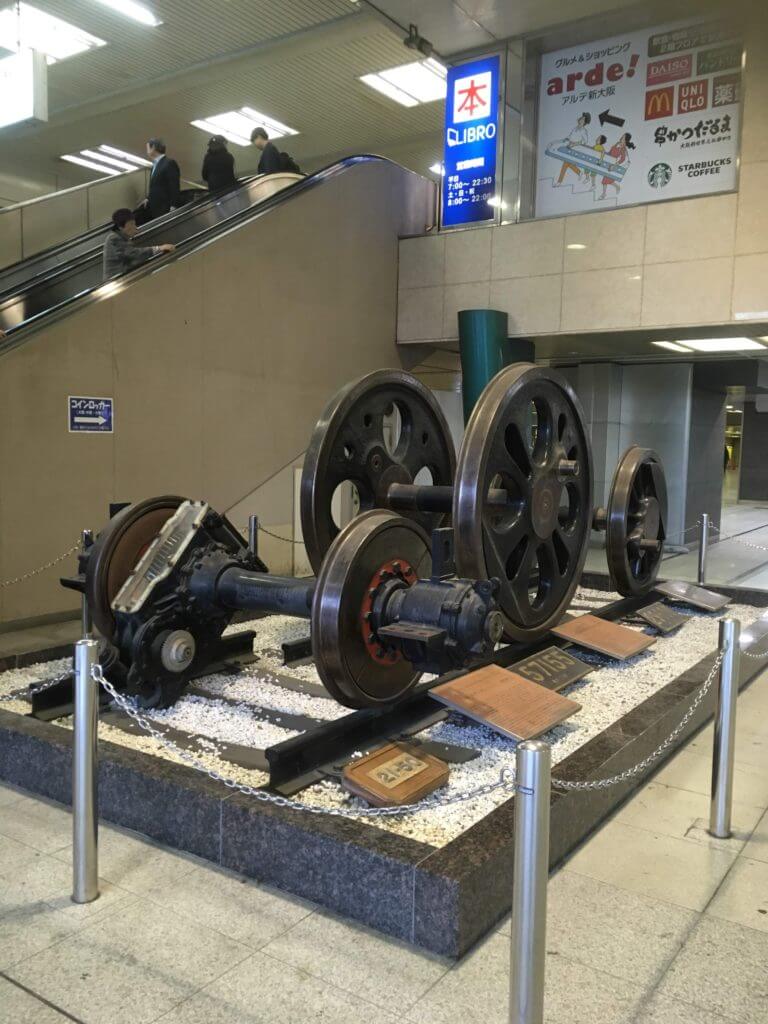
Then we took the local train to the Gion district of Kyoto. (Fortunately, train cards in Tokyo work in Kansai, and vice versa, saving time and energy when traveling.) We were running short on time, so we were in the part of it that was closest to the central business district area, but it was a good reflection of Japanese culture nevertheless.
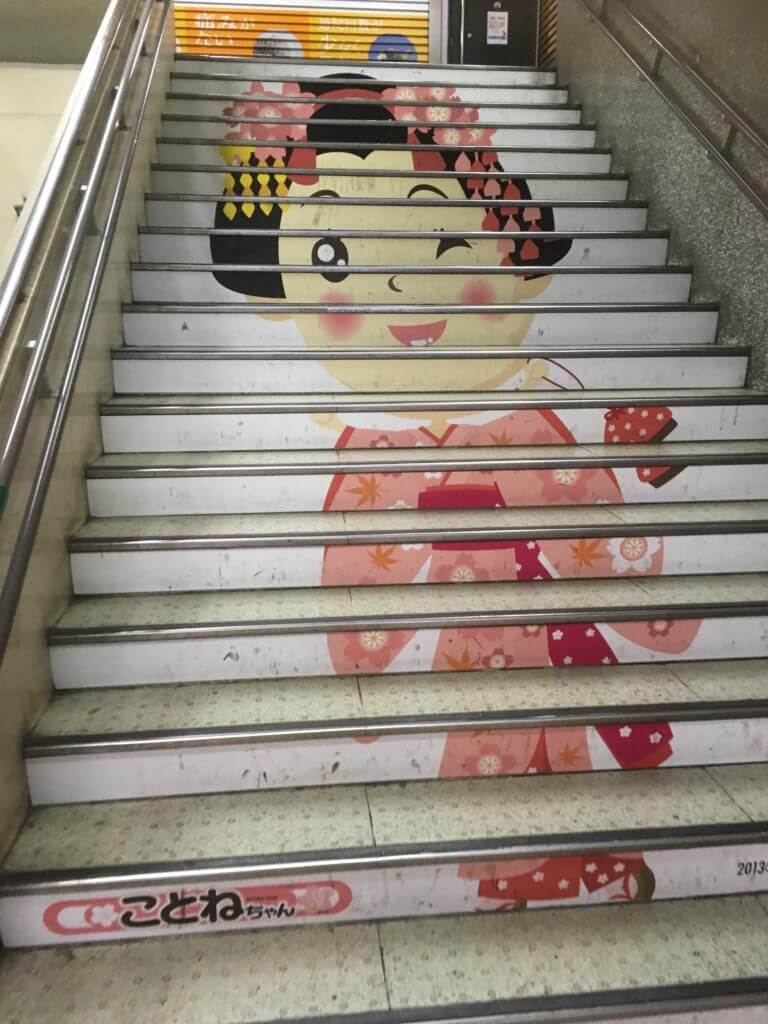
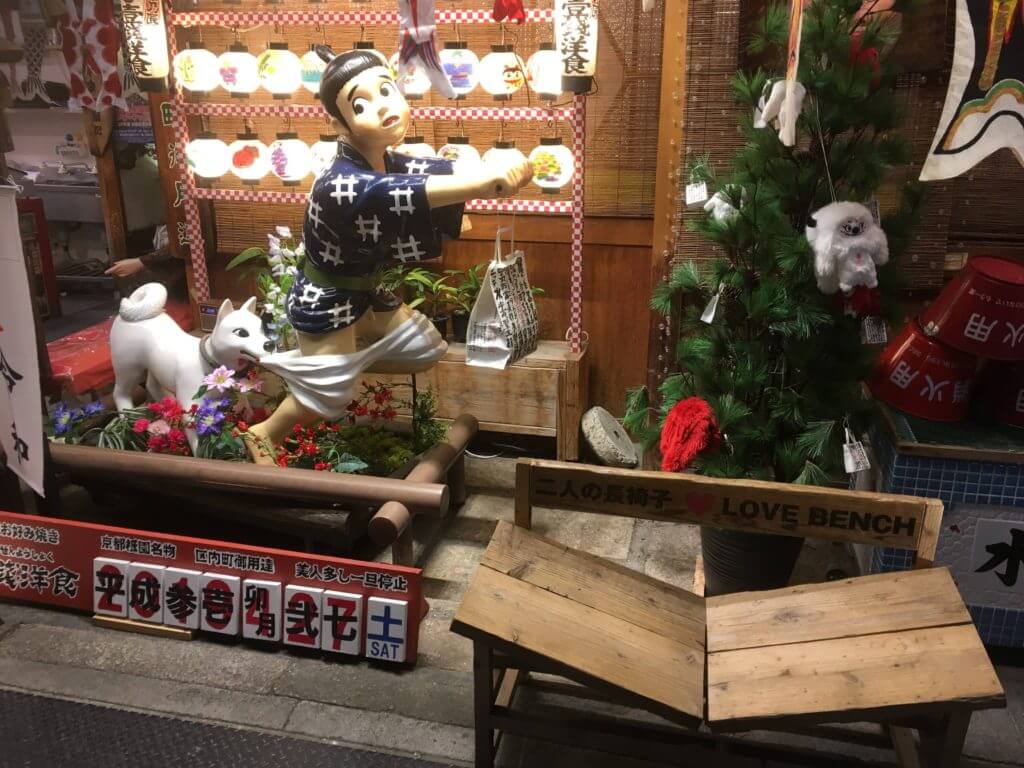
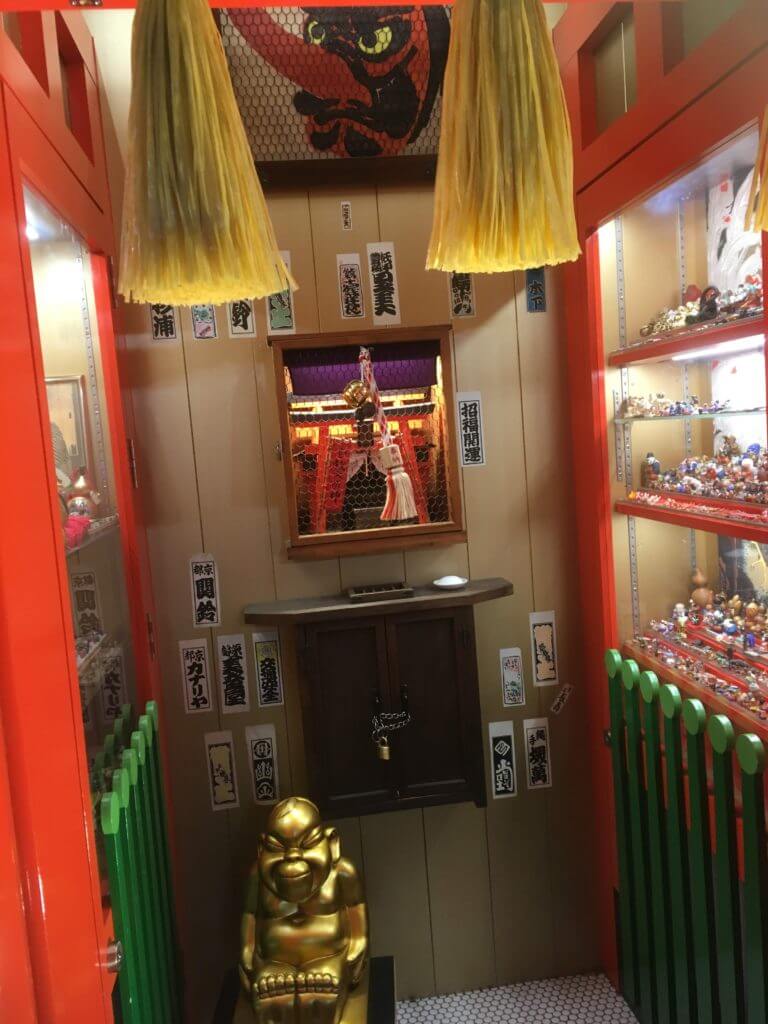
We wandered around this area for about two hours, enjoying the traditional shops and businesses nearby like the traditional Japanese cloth, honey, and sweets shops, the look of the river, and even seeing one of the traditional Japanese theatre houses. (Fun fact: the cloth shop had been there over 150 years!) Before heading to our host’s place, we decided to stop in a sweets shop called Nana’s Green Tea. They had a huge chocolate parfait that Christian wanted to try. I got a sweet red bean drink called oshiruko with shiratama (gelatinous rice balls) in it, and it was very good. Unfortunately for Christian, the chocolate was limited in his dessert, and the tea was abundant. As he’s not a huge tea fan, he gave a lot of the dessert to me.
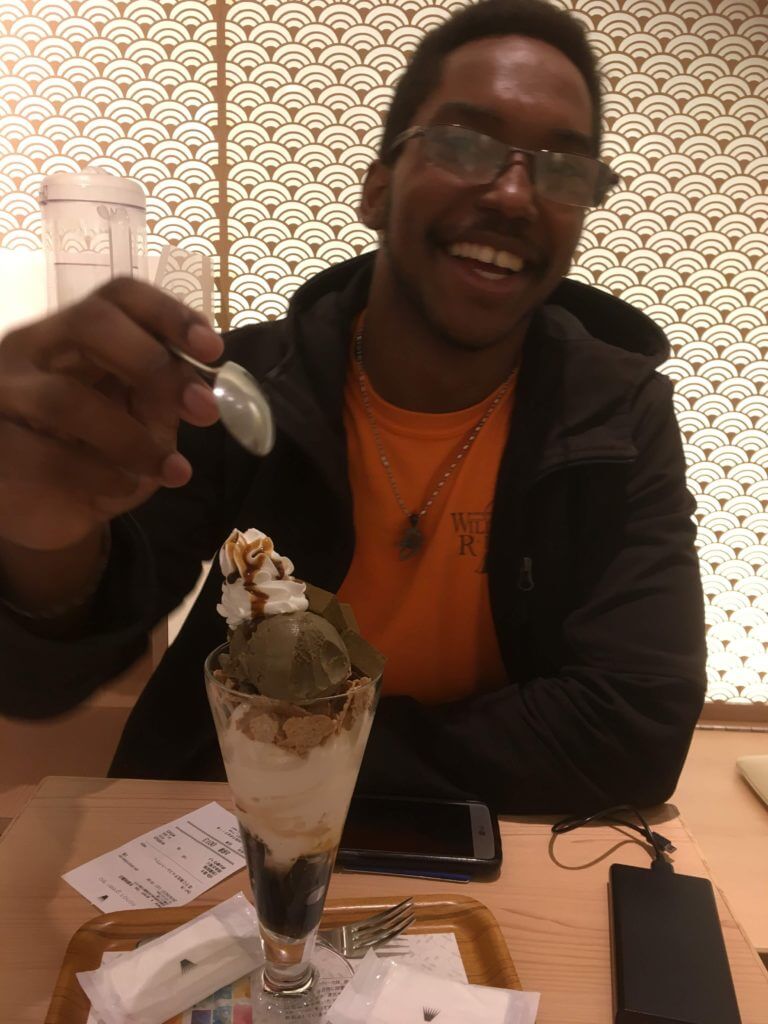
We were able to get to Kyoto through Japan’s wonderful train system, as well as the use of Google Maps. As I don’t have any internet at my place, and most places require a 2 year plan, I rented a pocket wifi both for everyday, and for out-and-about use. This helped tremendously for this trip, and I recommend that you look into one in your travels in Japan, as well as a portable power bank for when the wifi dies!
Our last train was a wonderful little trolley, and I was super happy to see something so quaint after all the hustle and bustle and crowds of a normal Japanese train. When getting off, there was an open area to the outside, rather than a ticket gate. Confused, we figured it was a flat rate, and went out.
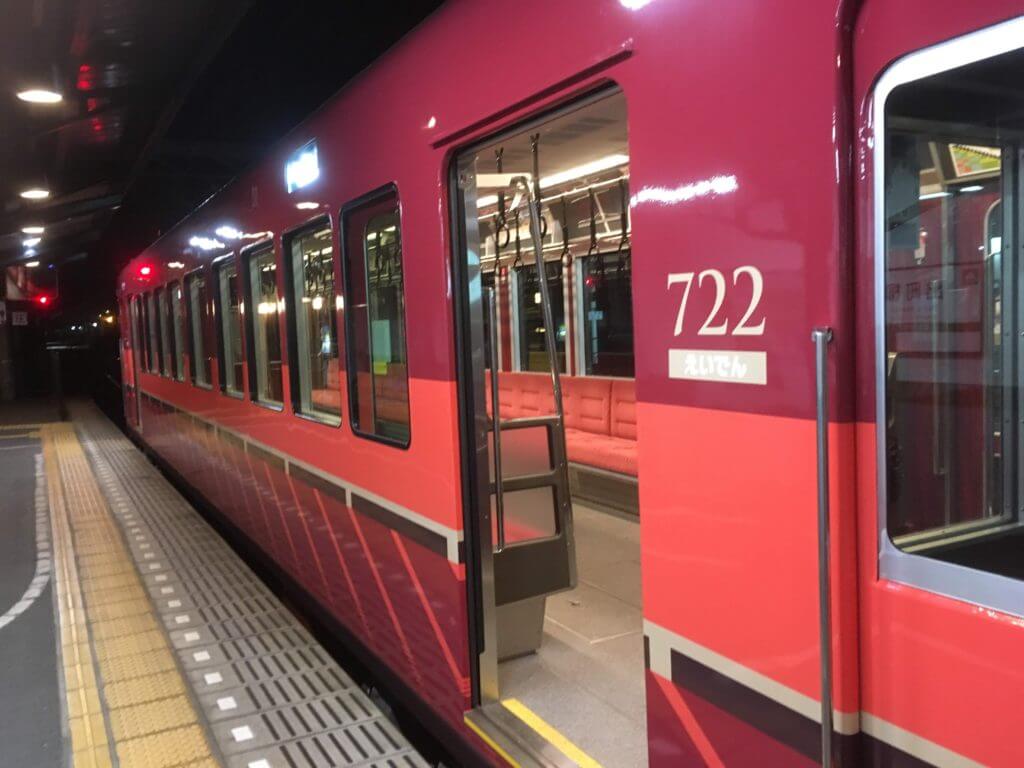
It took us a while to find the place we were staying, and we had to text our host several times to get him to find us, but finally he was able to come get us. He was an experienced Couchsurfing host, and said that it had happened many times before. Our host (who will remain nameless for privacy reasons) quickly welcomed us in with a 30 minute chat and a warm drink for each of us. We discussed why we were in Japan (he and his family was from Poland), and learned a lot from each other. His family had already gone to bed though, and once we were tired, he showed us to our room. It was a traditional sort of layout, with tatami flooring, and a futon. As we had a blanket with us, and used my duffle bag as a pillow, it worked out fine. We stayed up for a bit, planning the activities for the next couple days, and then hit the sack.
In the morning, we met his wife and kids, and they fixed us a lovely breakfast without us even asking for it. We exchanged the gift of Tokyo Banana Cheesecake with them as well. (It’s a Japanese tradition to get a gift when you go into someone’s home, and it’s really polite when Couchsurfing!) With homemade bread, sausages, and warm coffee, we felt totally at home. We chatted for a while, getting to know the family, and headed upstairs to get ready to head out.
We were first heading to Arashiyama Bamboo Forest. Although we knew it would be crowded, it seemed like a great way to start our trip. For some reason, our cards didn’t work on the bus that we were supposed to take, so we paid with cash. Fortunately, Japanese buses have an option to change your larger coins into something smaller, so we ran our coins through that when we were getting off, to put in exactly the amount we needed. We got caught in traffic, but we still had plenty of time there. We weren’t able to make it to the Golden Temple because of this, but we were still able to spend a long time at the forest!
The crowd at Arashiyama was phenomenal, with the lines to get into the main area being super congested. We got a Korean hot-dog to share, as well as some takoyaki. We then went through the forest , admiring the bamboo that grew taller than many buildings, enjoying the green aura given off from the light that passed through. There were a few spots where you could take really good pictures with the bamboo as well. There was a few temples that we skipped for time reasons, and there was a small shop selling souvenirs and charms. Christian was tempted by a bamboo flute, as he used to play flute, but didn’t want to buy one without a demonstration.
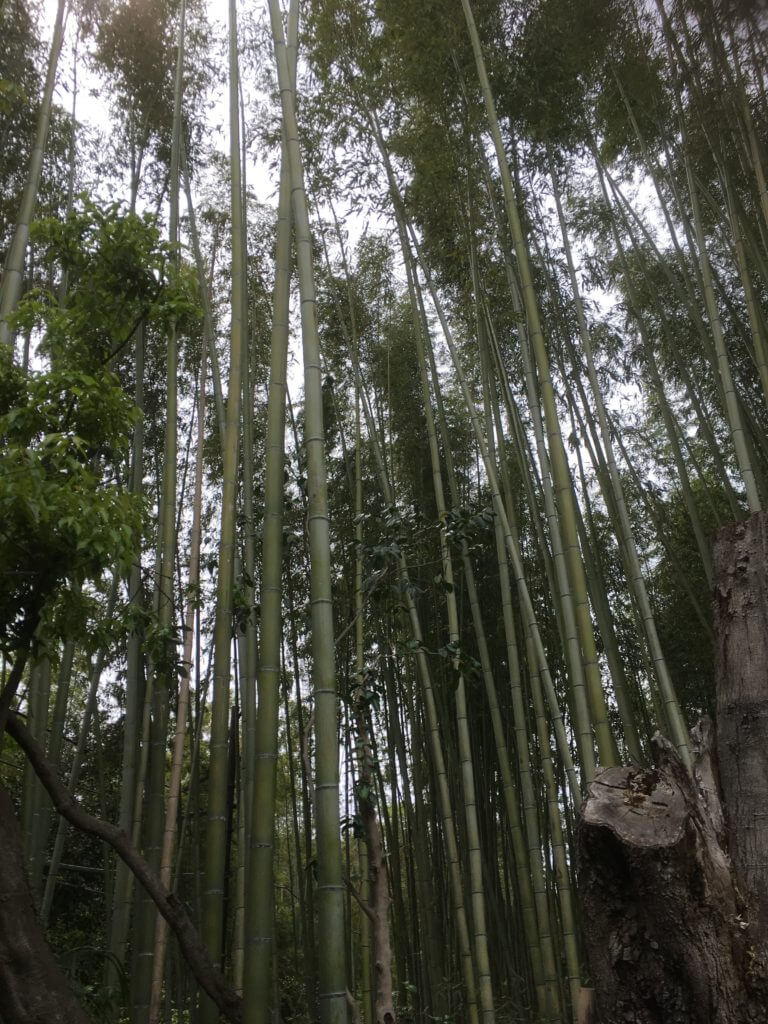
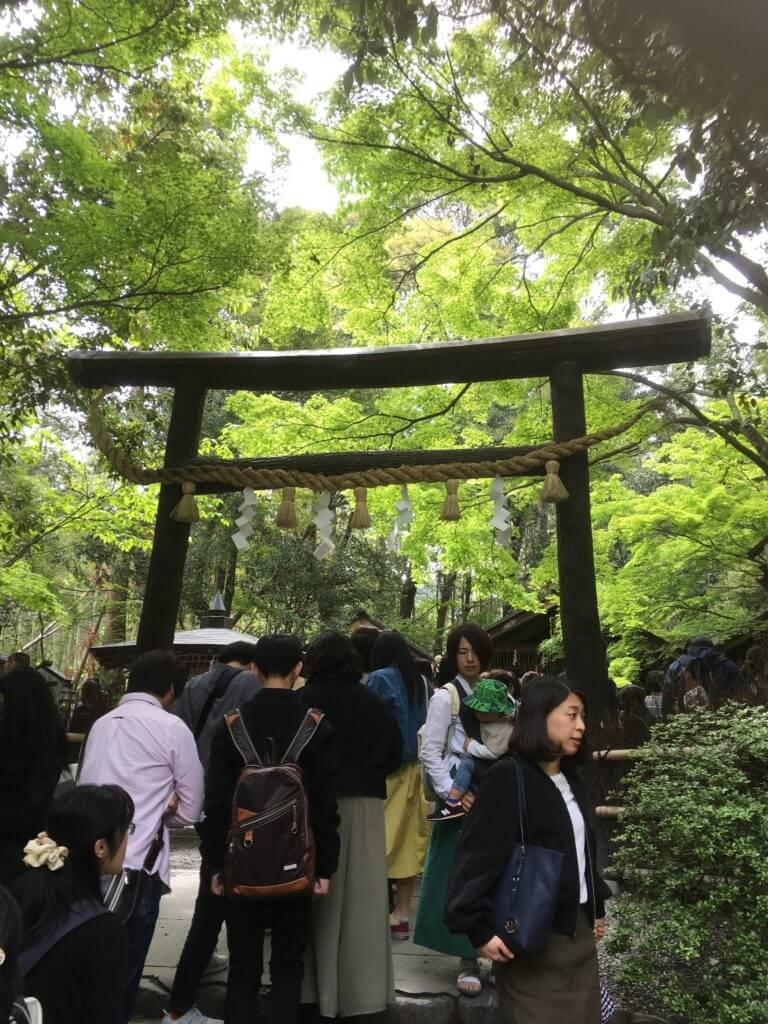
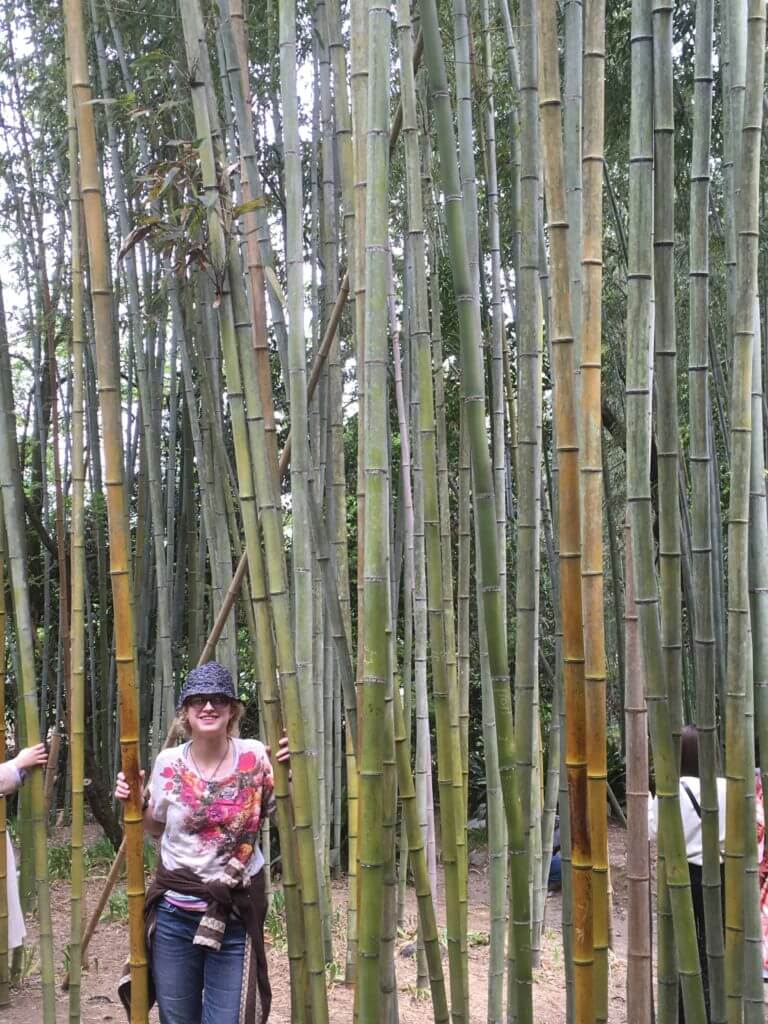
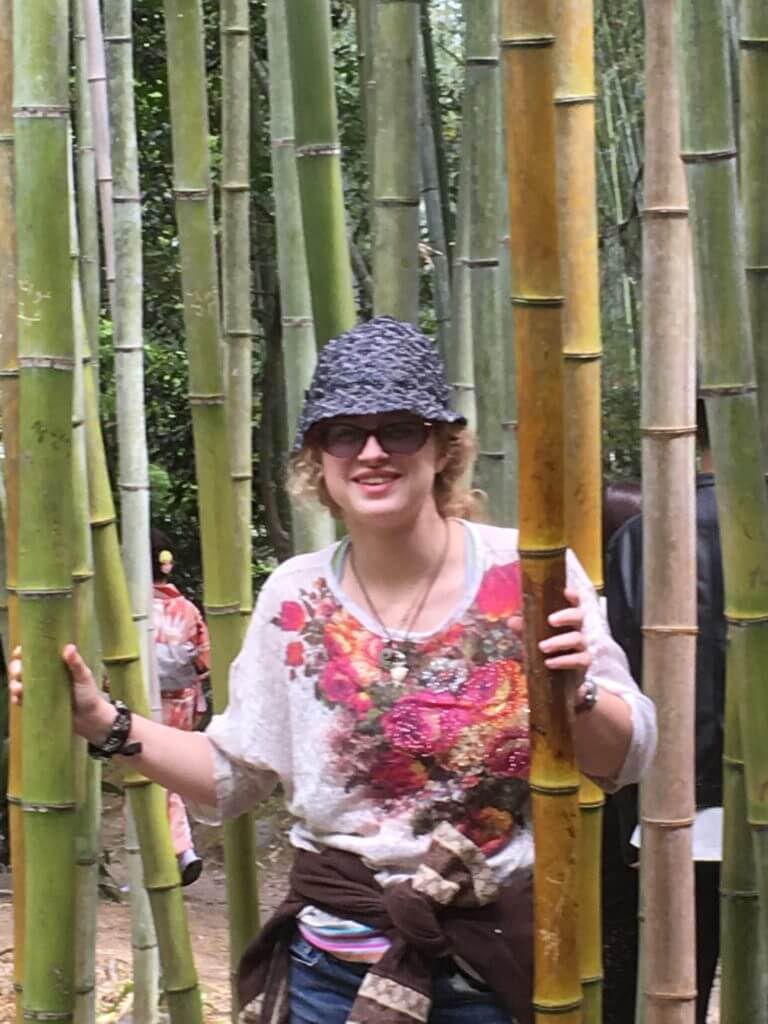
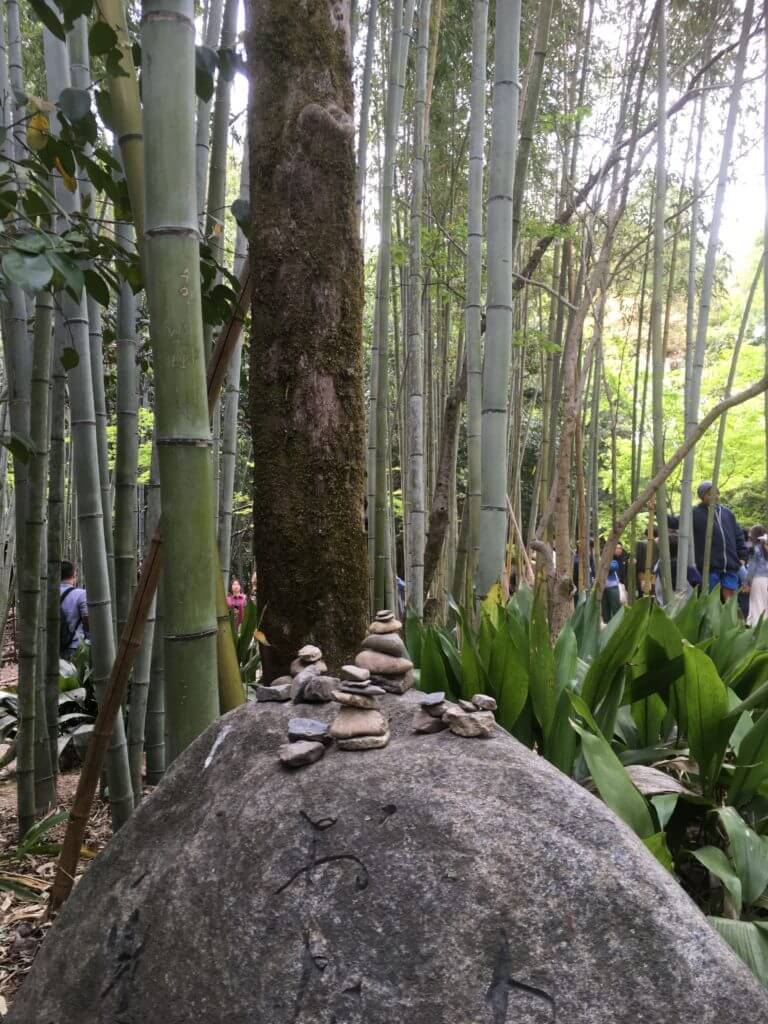
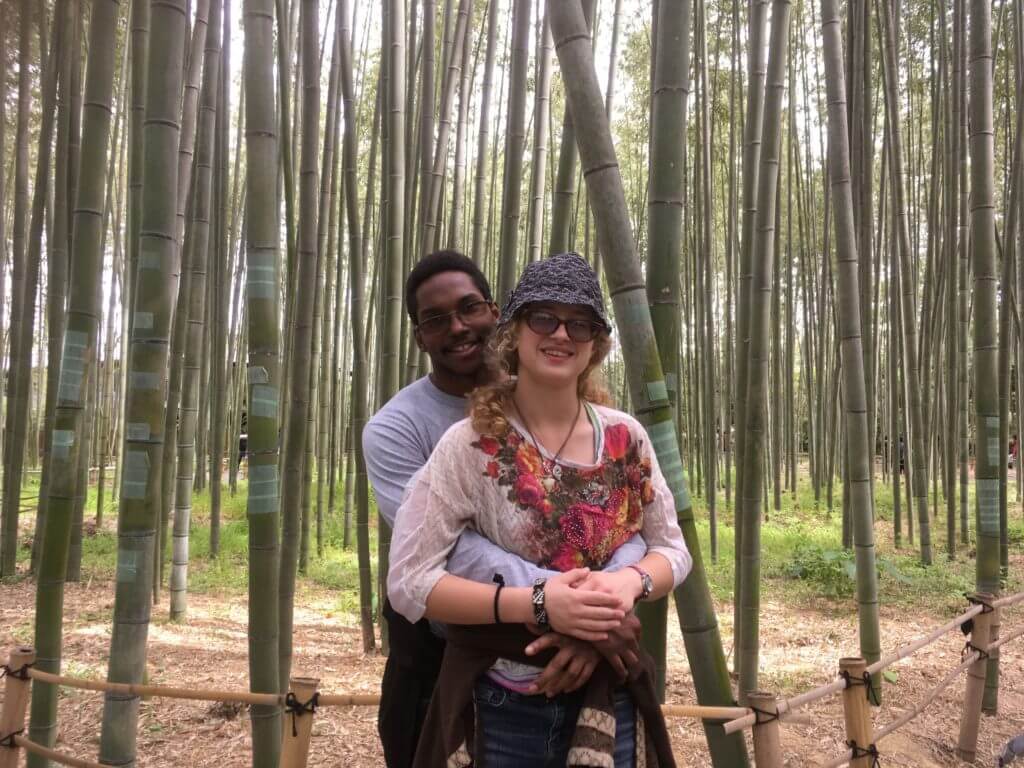
After the forest, we wandered through the shopping street nearby. There was a shop selling lots of types of spices, and we both stopped in to get some spices. We ended up getting a similar spice blend, and Christian also got some spicy senbei. I got some “bamboo” ice-cream that turned out to be green tea ice cream, and I was very disappointed. I also got some hair bands that had tiny flowers that looked like ogashi (Japanese traditional sweets), that went towards an organization to help those with developmental disabilities.
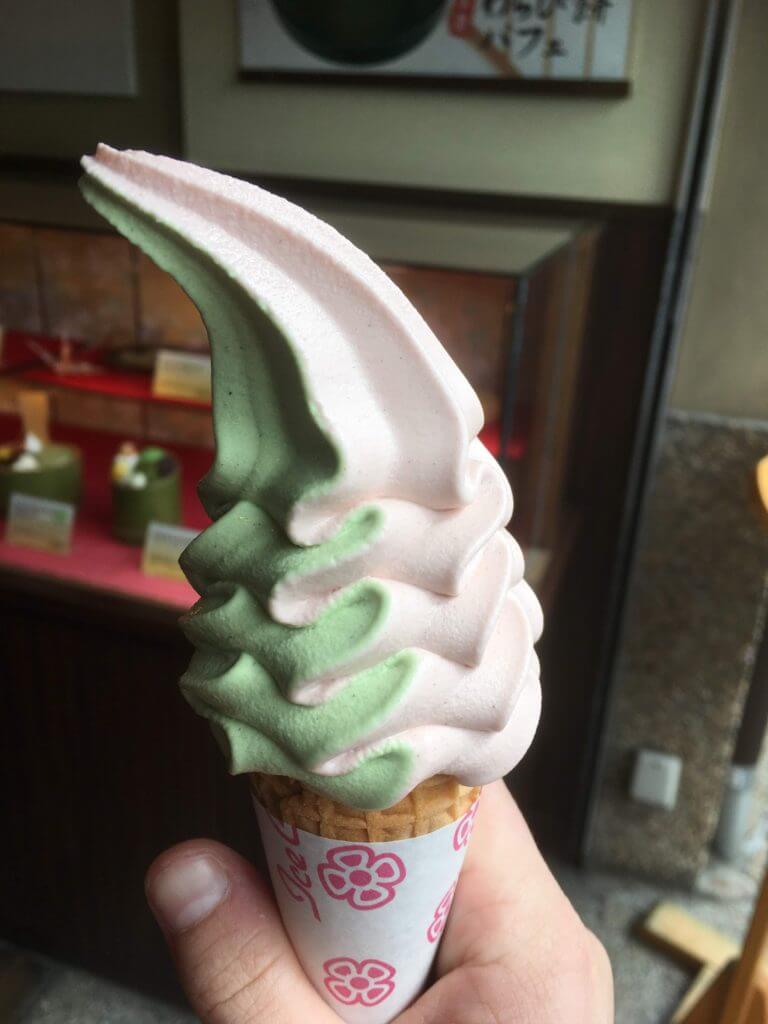
There were also many Japanese traditional houses and gardens that we explored in the area. There was a “Rilakkuma” themed garden and shop that we explored as well. I’ve recently become a fan of the Netflix show so I had to take a picture!
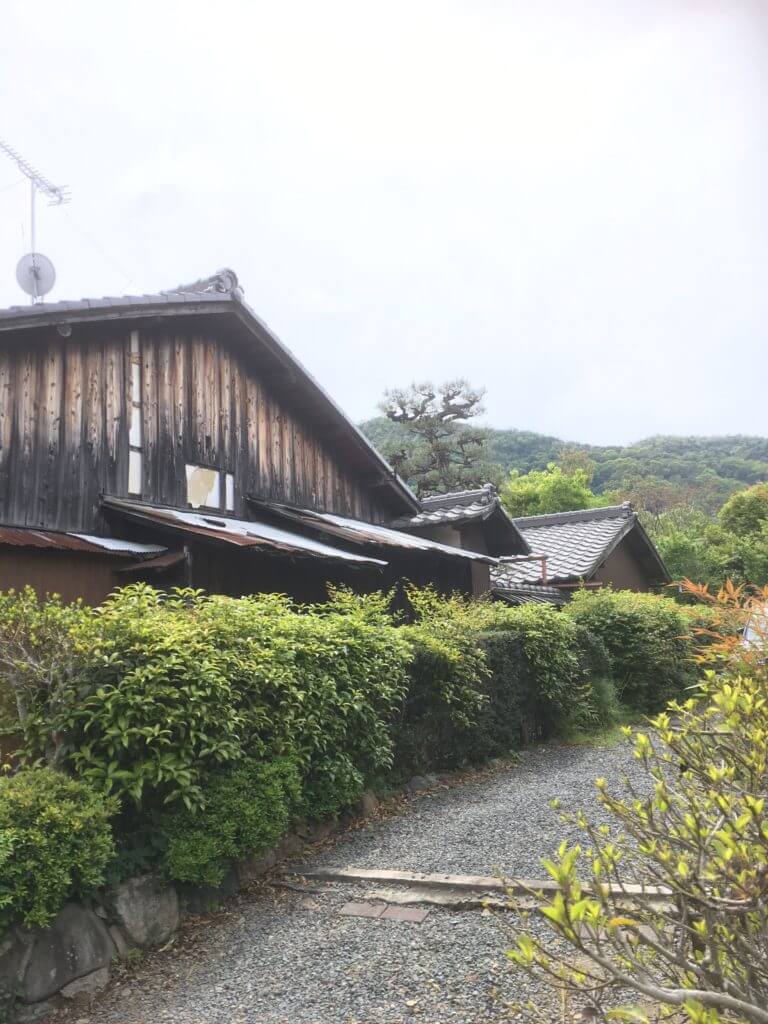

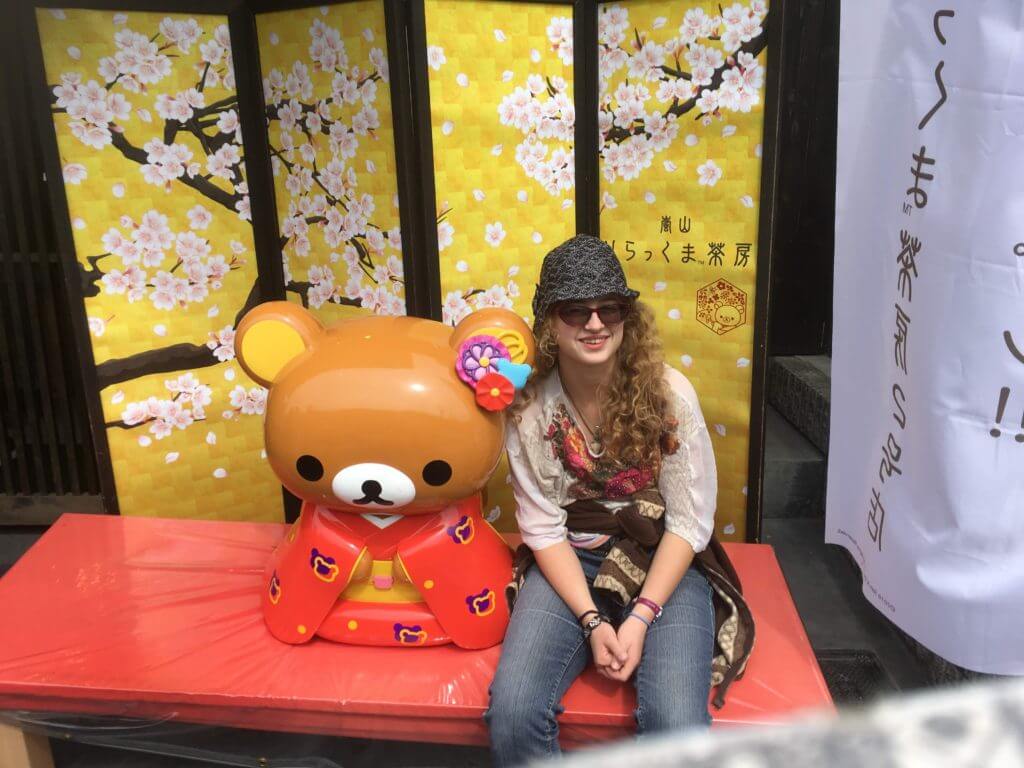

We also were able to stop by the nearby Katsura (also called the Oi or Hozu river), and admire the beauty of the area for a long time.
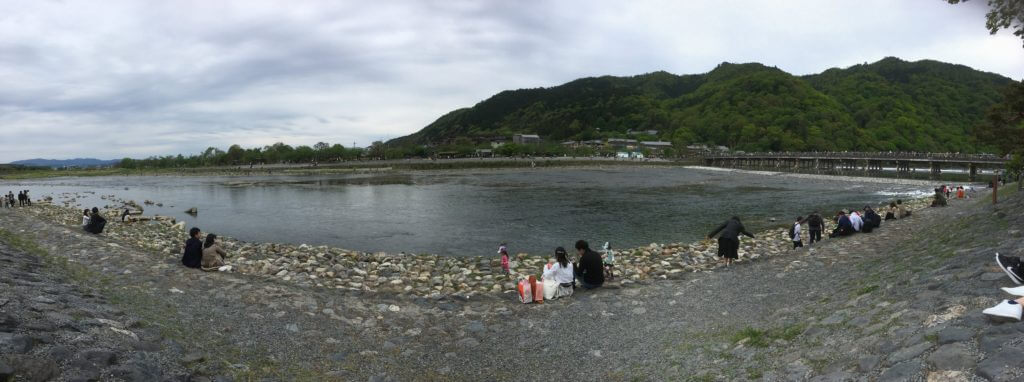
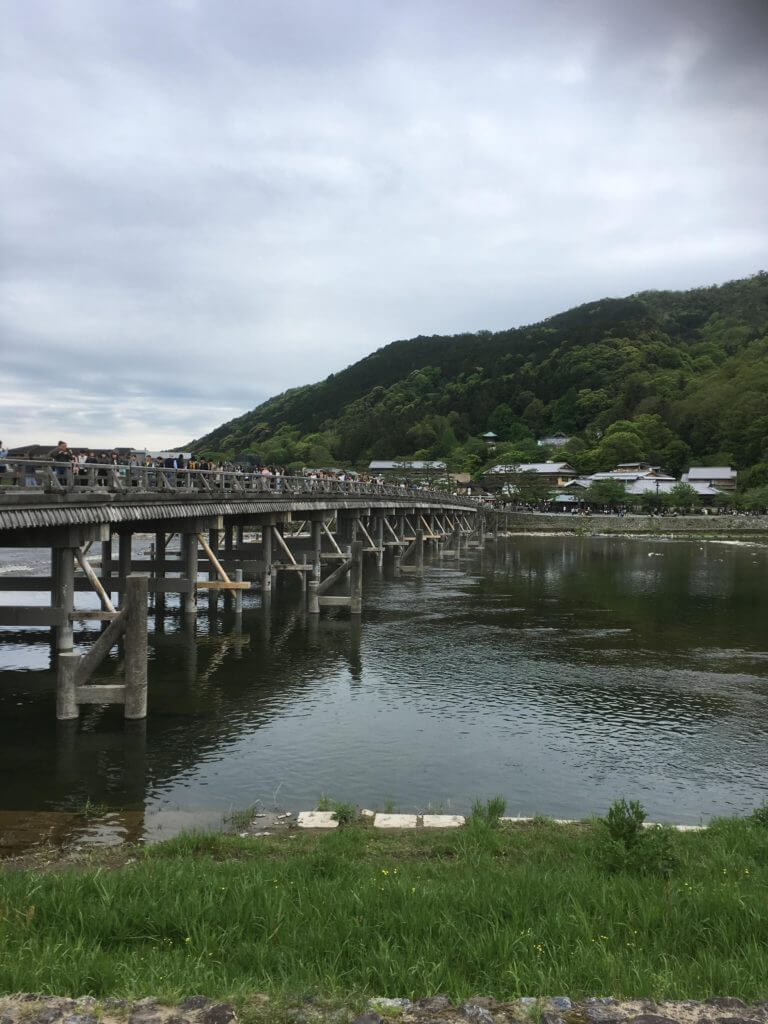
The next stop on our itinerary was the Kyoto Manga Museum. As Christian and I both love Japanese manga and anime (although different genres at times), we wanted to make this a stop on our list. However, calling this place a museum doesn’t do it justice.
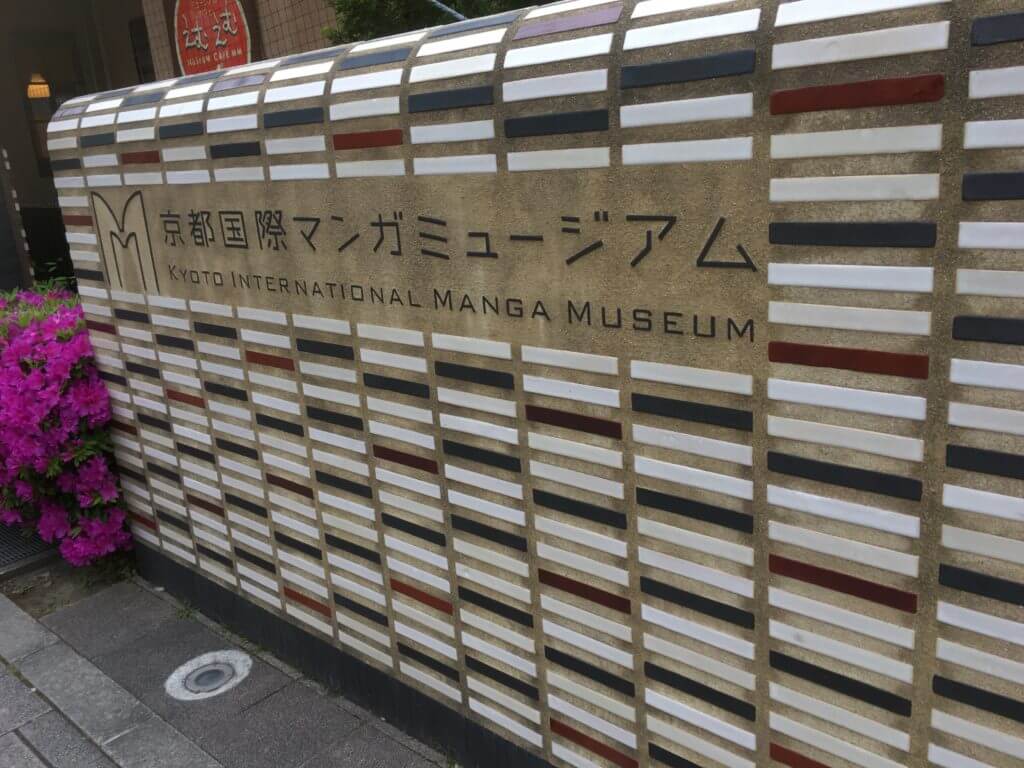
We walked in, and found out that it was more of a library than a museum! There were walls and walls of manga and comic books in every major language (I saw at least 10) for people to read around the museum.
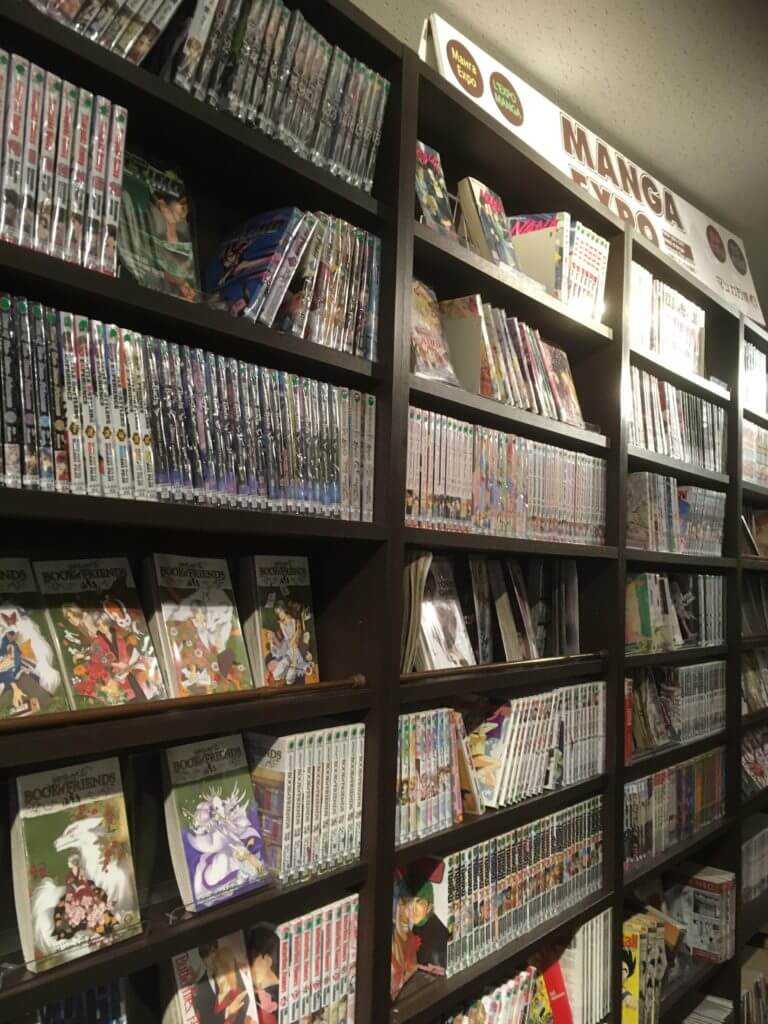
We grabbed a couple manga each (I grabbed “Natsume’s Book of Friends” and wandered around the museum to see the different exhibits. There were live manga artists sketching in one corner, a “history of manga” exhibit, and a special exhibit with the work of Keiko Takemiya. She was one of the first manga artists in the shojo style, and one of the pioneers for “boy love” manga.
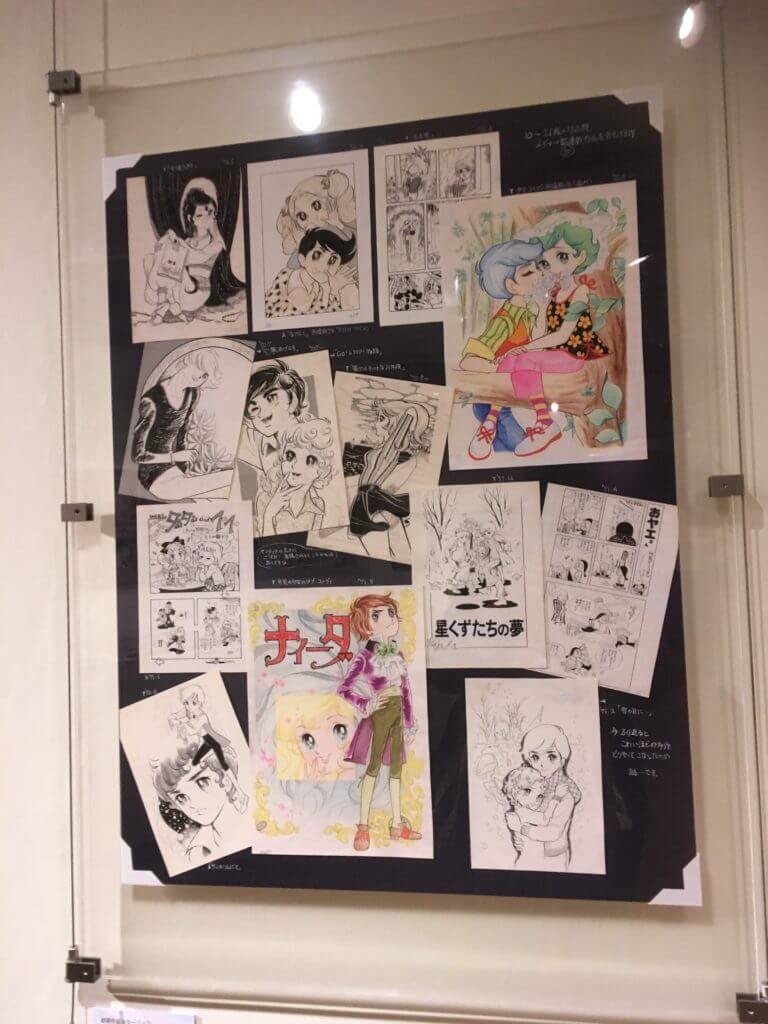

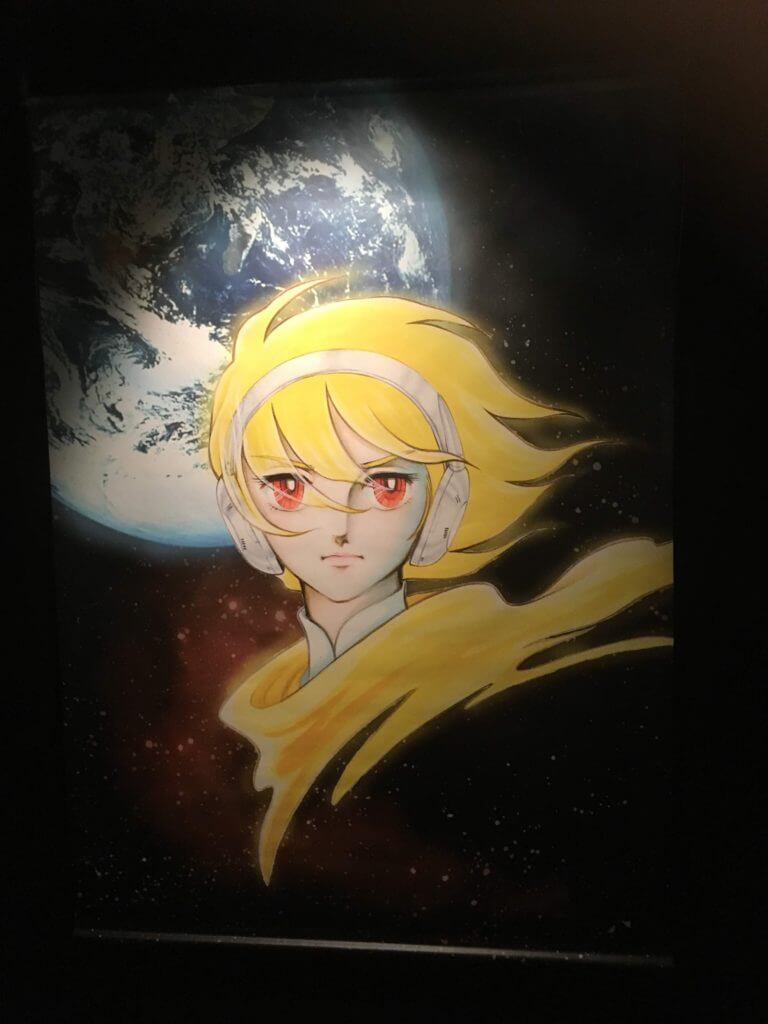
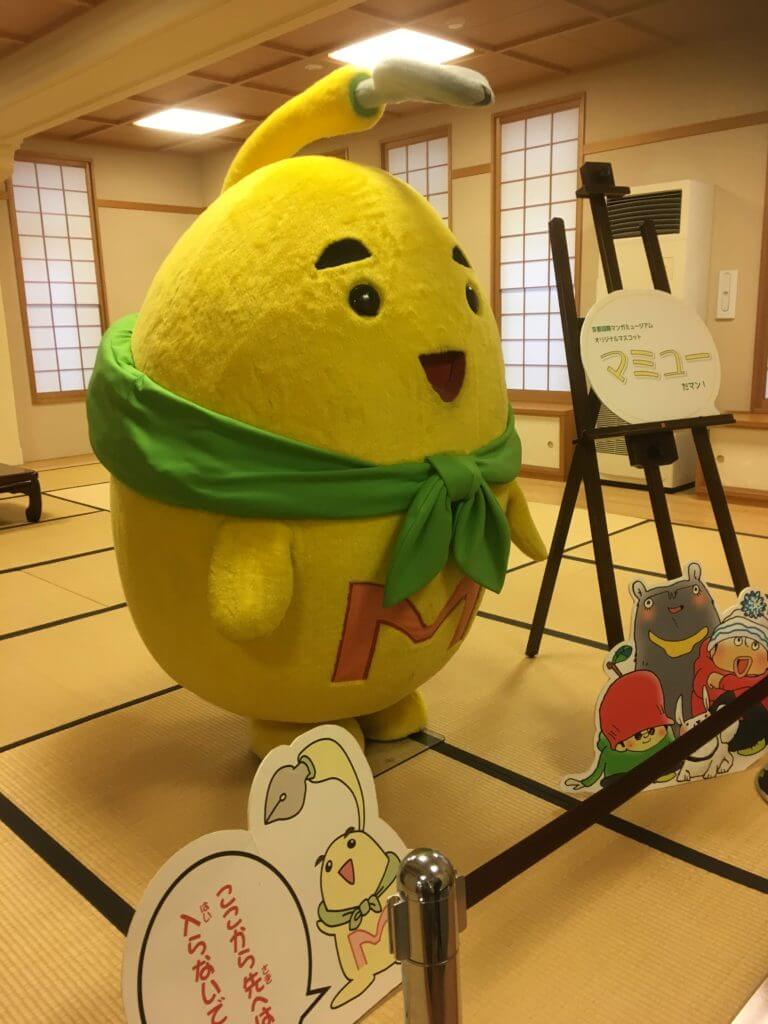
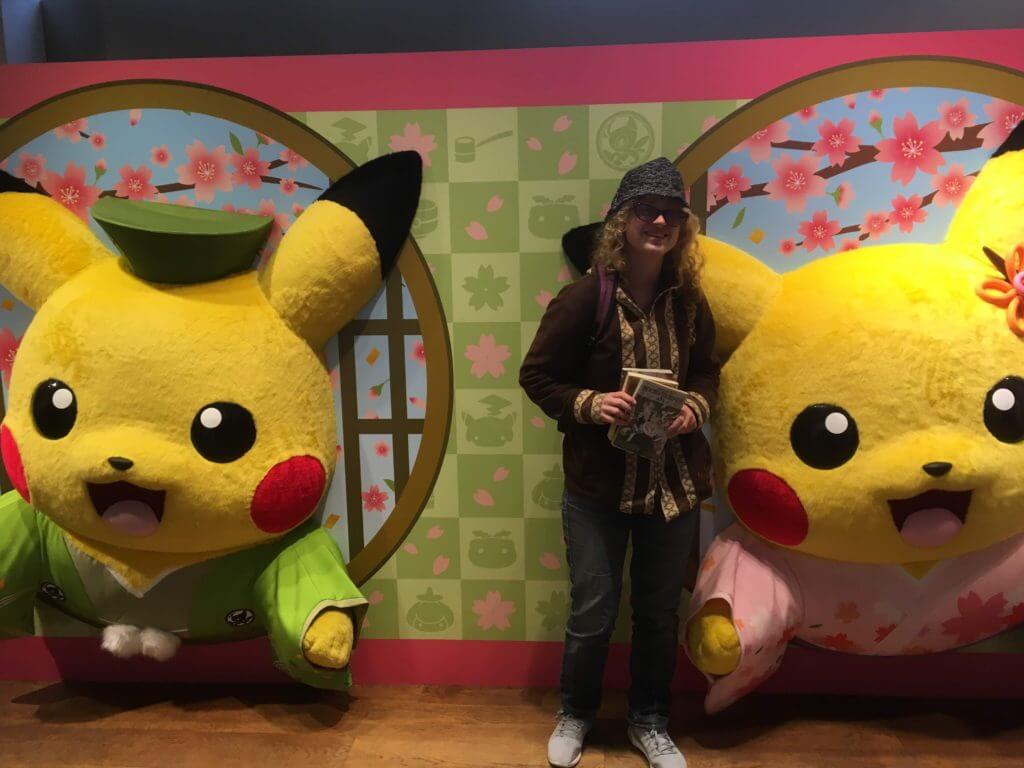
At the end of walking around the museum, we went into the outside grassy area and found a beanbag to lay on to read our manga! We had about 45 minutes, so we were rushing through our books as much as we could. If you’re a manga lover, budget at least a few hours to read manga here! It was one of our major regrets of the trip, and one thing we would change if we could.
On the way out, I stopped by the gift shop, and bought two postcards with the art of Keiko Takemiya to hang on my wall.
After the museum, we tried to go to Nishiki Market, a food market in Kyoto, only to find out that it was closed! Why, oh why, do most shops and festivals in Japan close at or before 6? However, part of every good vacation is improvising, so we decided to go to Kyoto’s “spicy street” instead.
What is that, you may ask? Well, apparently, at a street near Kyoto’s Maranouchi Station, many restaurants had an argument amongst themselves to see who could have the spiciest food! There is even a pepper mascot that we spotted outside of the station to signify the street.
We decided to stop by the tantenmen shop first. It’s very similar to ramen, but it’s inspired by Chinese style dishes. The scale was 1-5, but as it had ghost peppers in it, I was a bit wary, and stuck with a 2. Christian had a 3, as he has a bit more spice tolerance.
When I say don’t go above a 3 the first time, don’t do it! Unless you are the type of person who eats the whole peppers for fun, or a person who loves to torture yourself in search of a new culinary experience, you will suffer for sure. I lived in the spice capital of China, Chong Qing, for several months, and that was the only reason I was able to survive! Christian made the poor decision of drinking the broth, and his stomach gave him the worst time afterwards! I also asked for a recommendation on a drink to get to cool it down. After some translation errors, I figured out that the Highball was what they recommended. I got it and we split it, while our taste buds were dying.
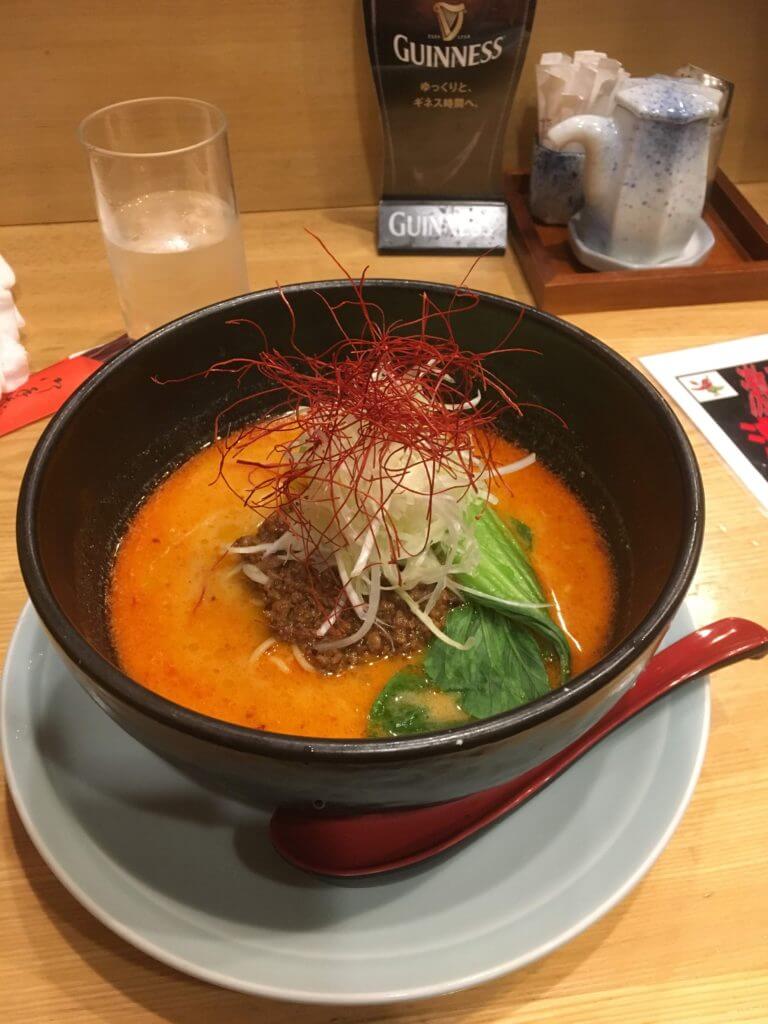
Afterwards, we tried to go to either the spicy gyoza, or spicy chicken wing shop. We decided on wings, but they had no empty tables, so we went home to let Christian get some rest.
The next day, we had breakfast with our hosts once more, enjoying their company before two of them went to soccer practice, and soon after, we said our goodbyes, thanking them for a wonderful stay.
The next stop on our itinerary was Fushimi Inari! We had heard the hike through the orange gates was a great way to commune with nature, although the crowds slightly inhibited that. We wandered up the mountain at our own pace, taking some pictures along the way.
There were a lot of gates, and small shrines at the base of the mountain. There was an extremely crowded food street at the bottom, but once we got past the main area, with the gift shops, smaller shrines, etc, the hike was smooth.
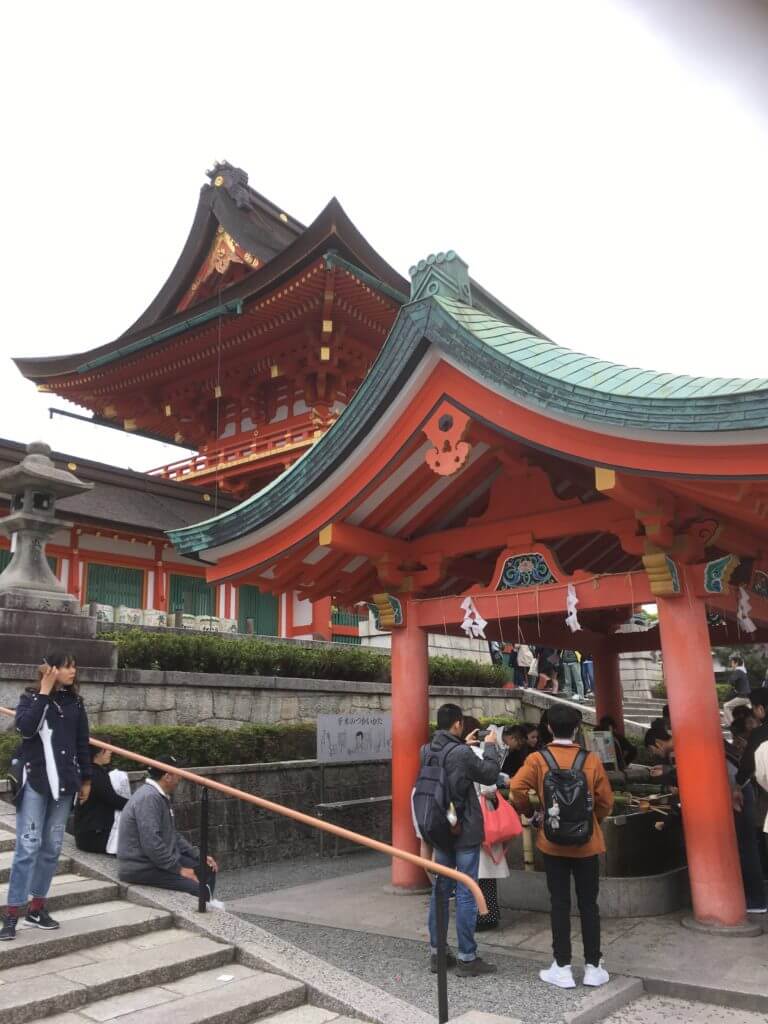
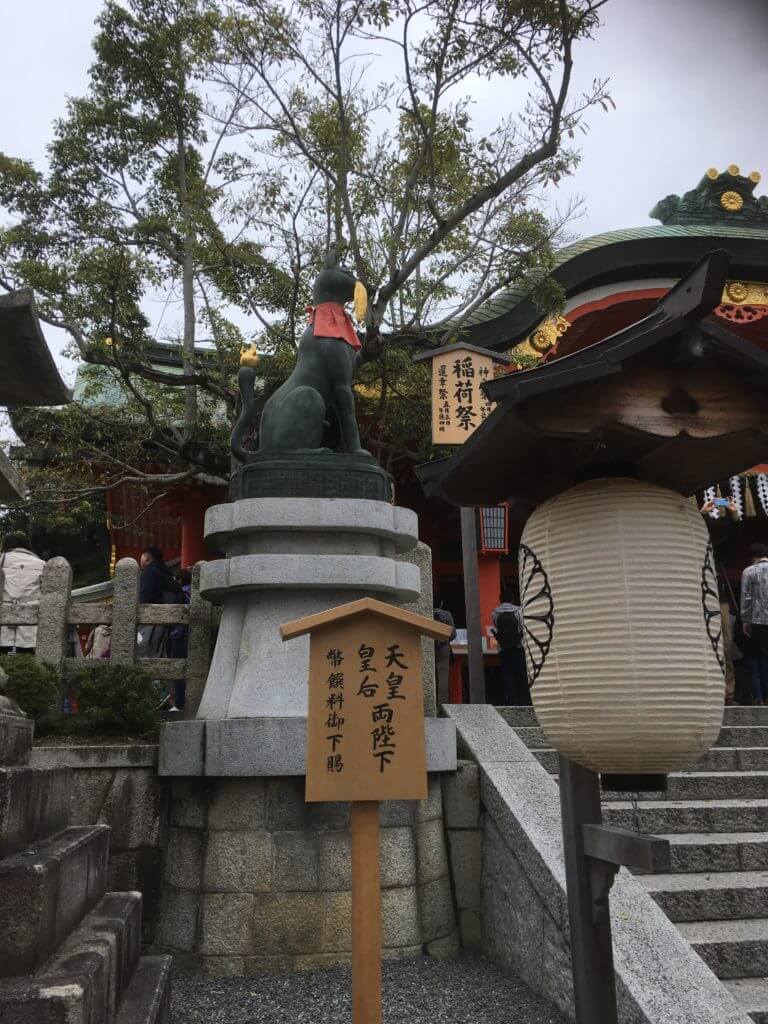
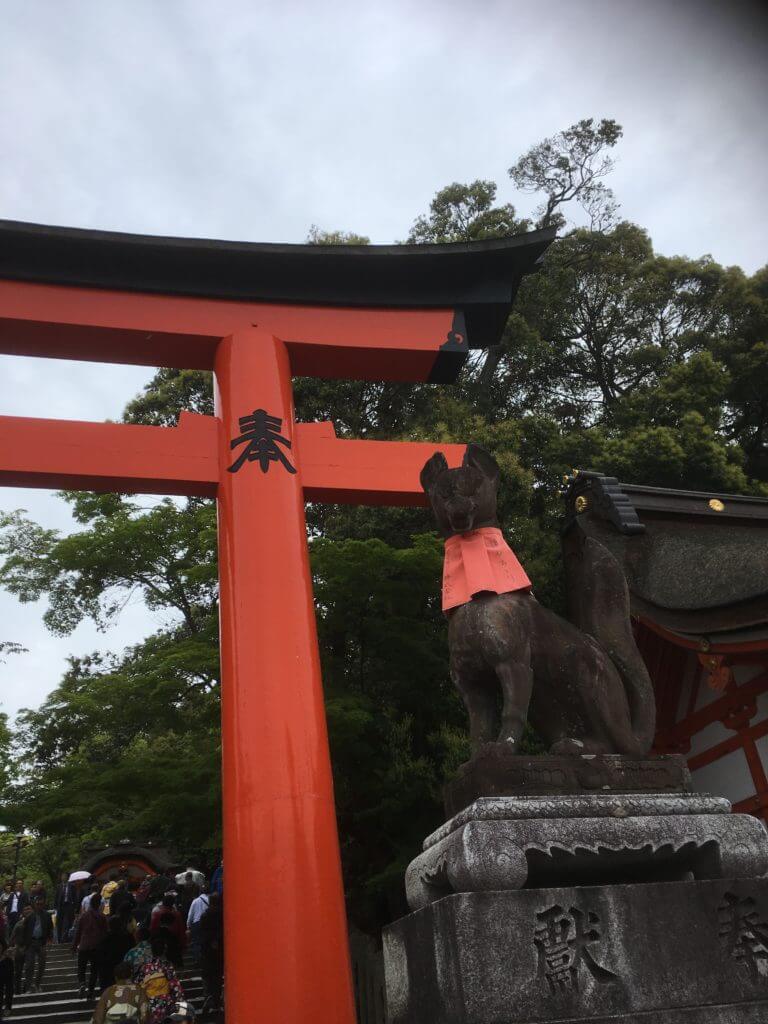
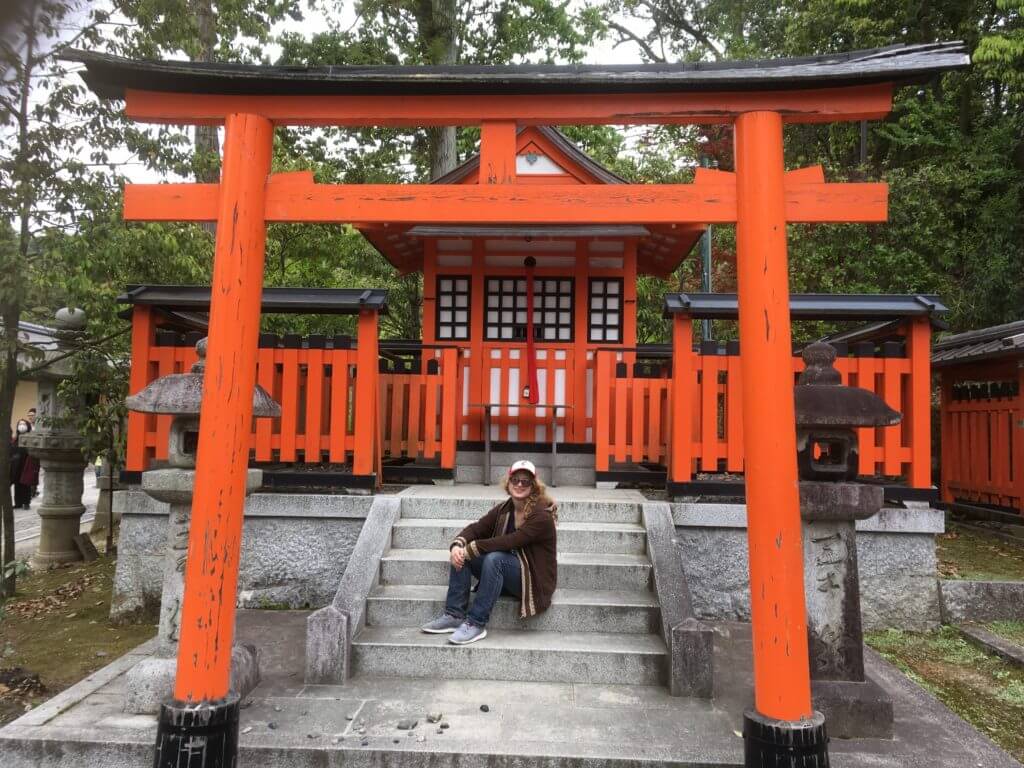
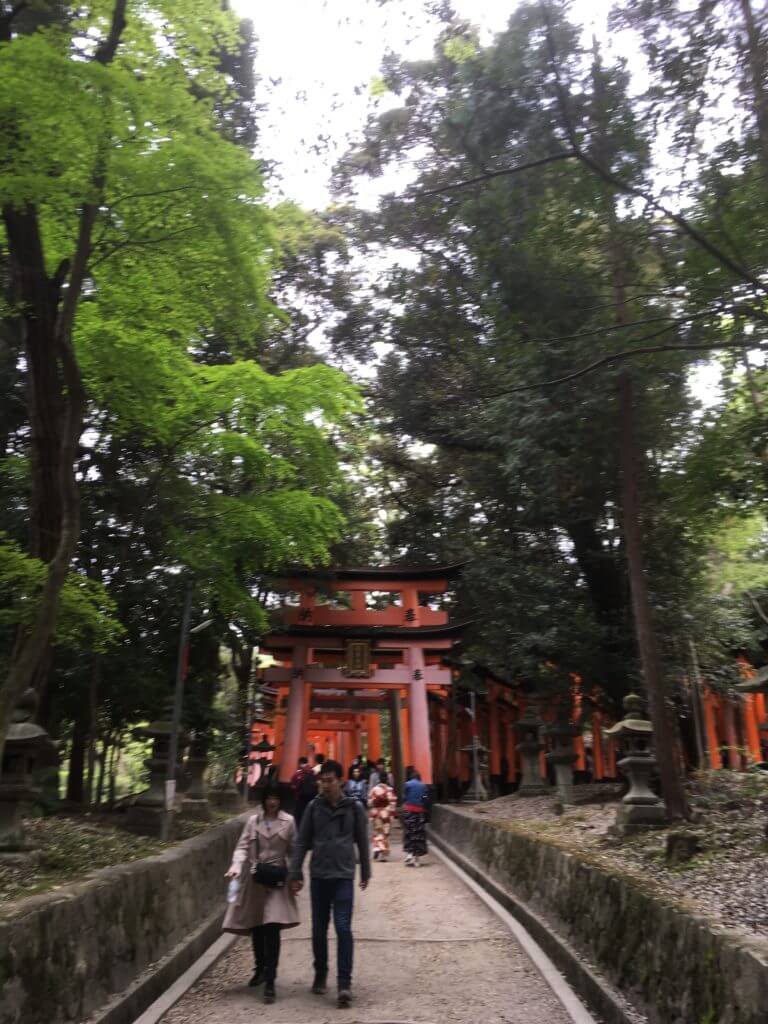
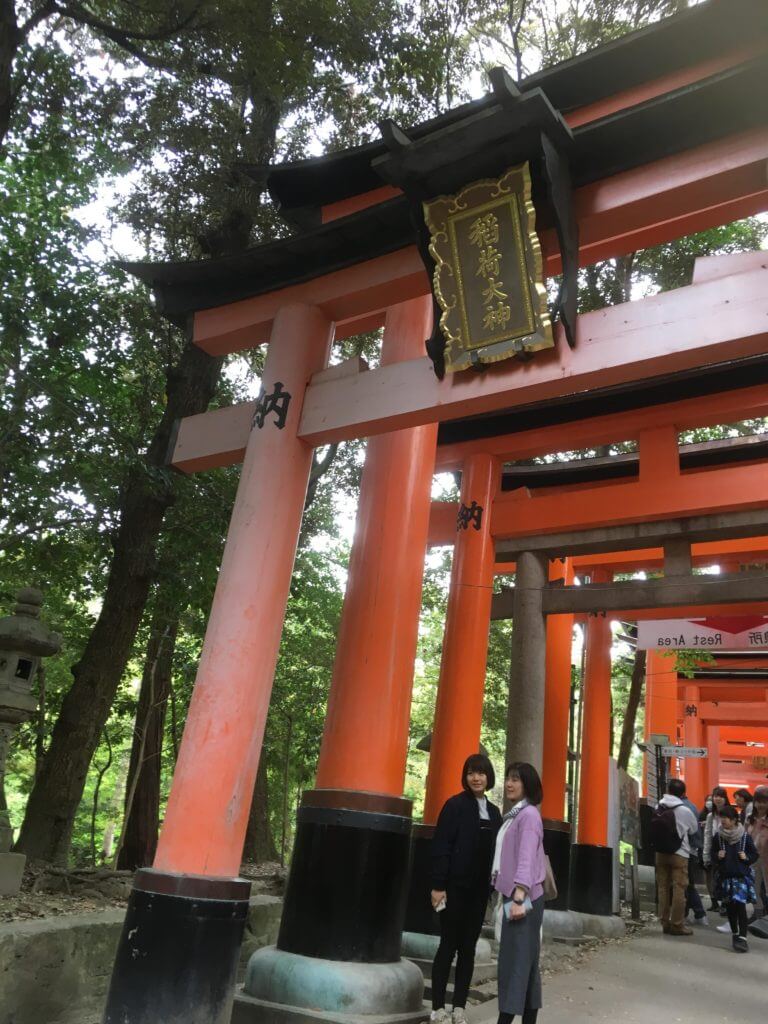
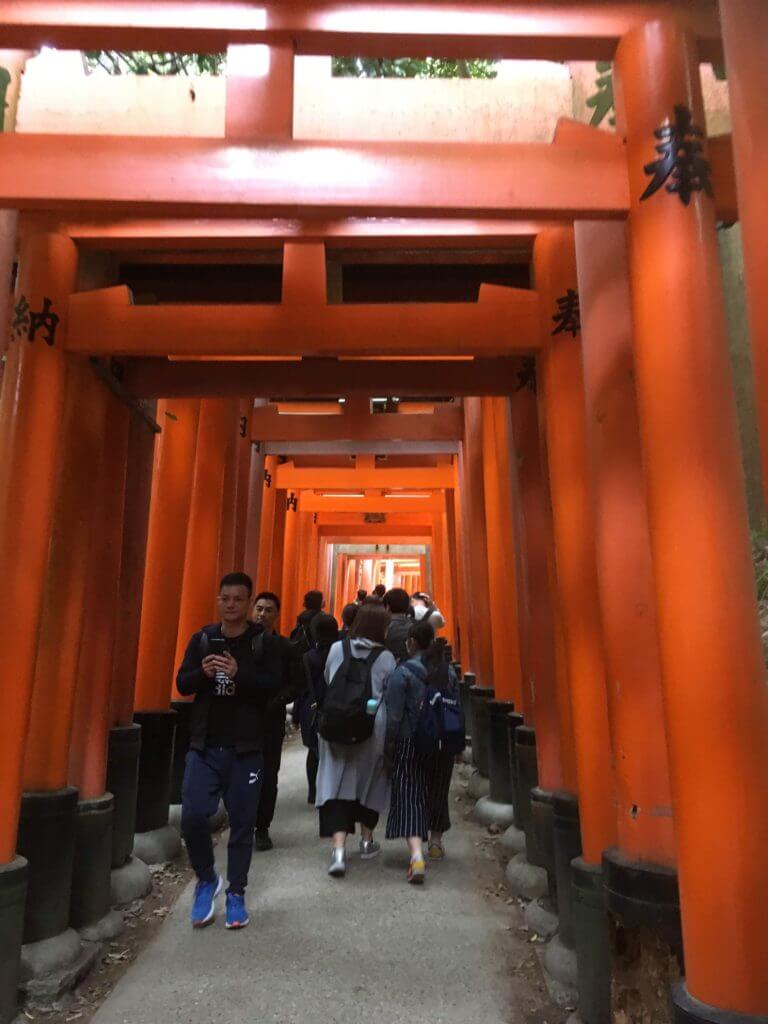
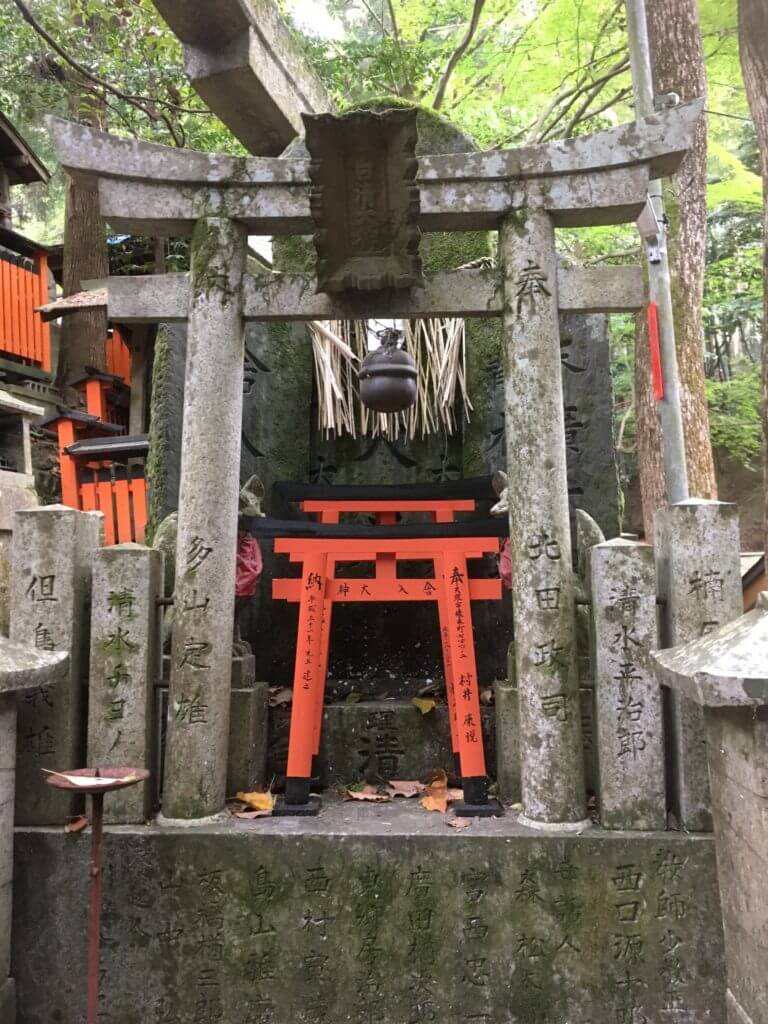
Near the top of the mountain, there was a lake, and a higher density of shrines. There was an ice cream shop that a lot of people were congregated at, but there was another pathway of orange torii gates!
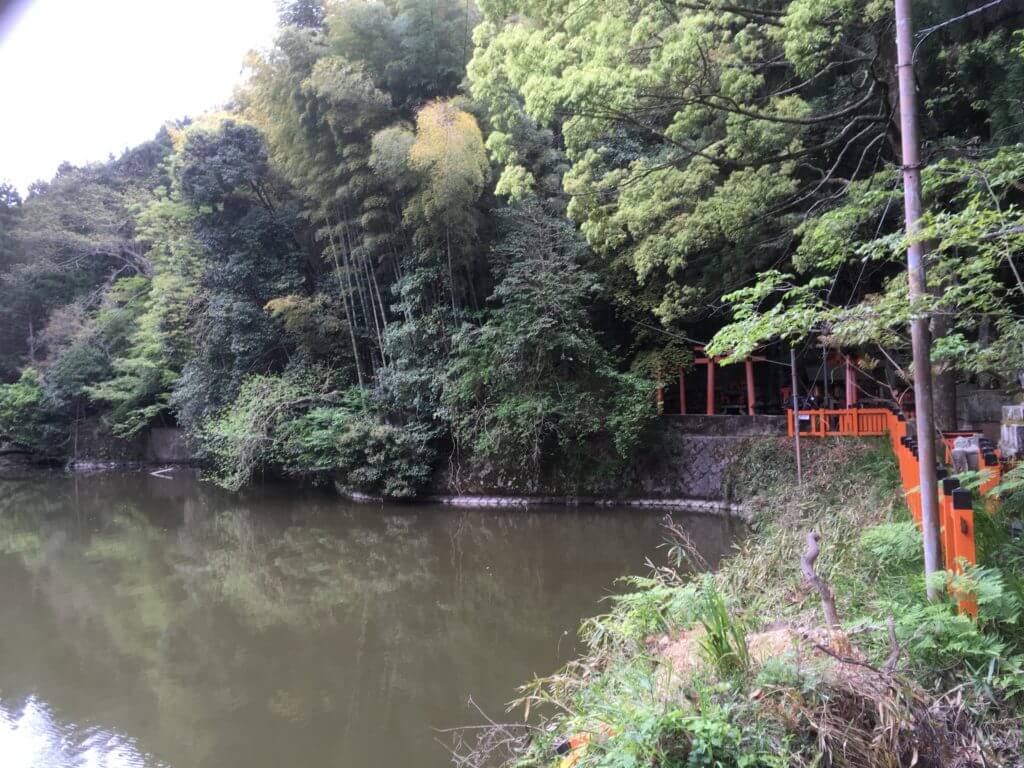
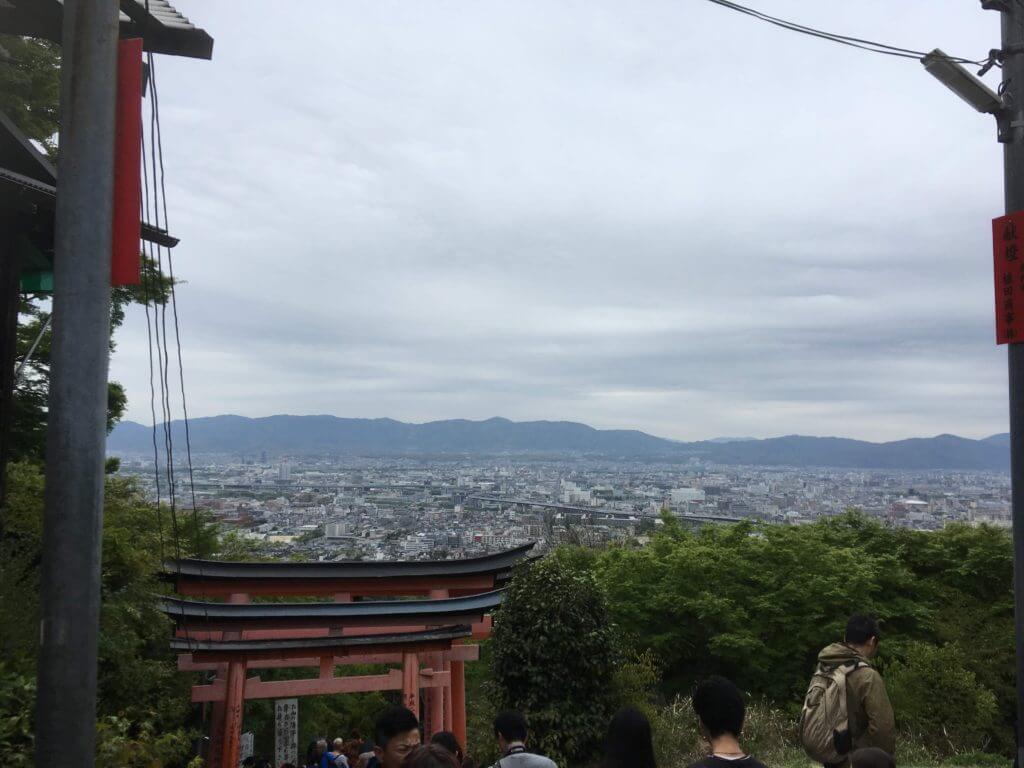
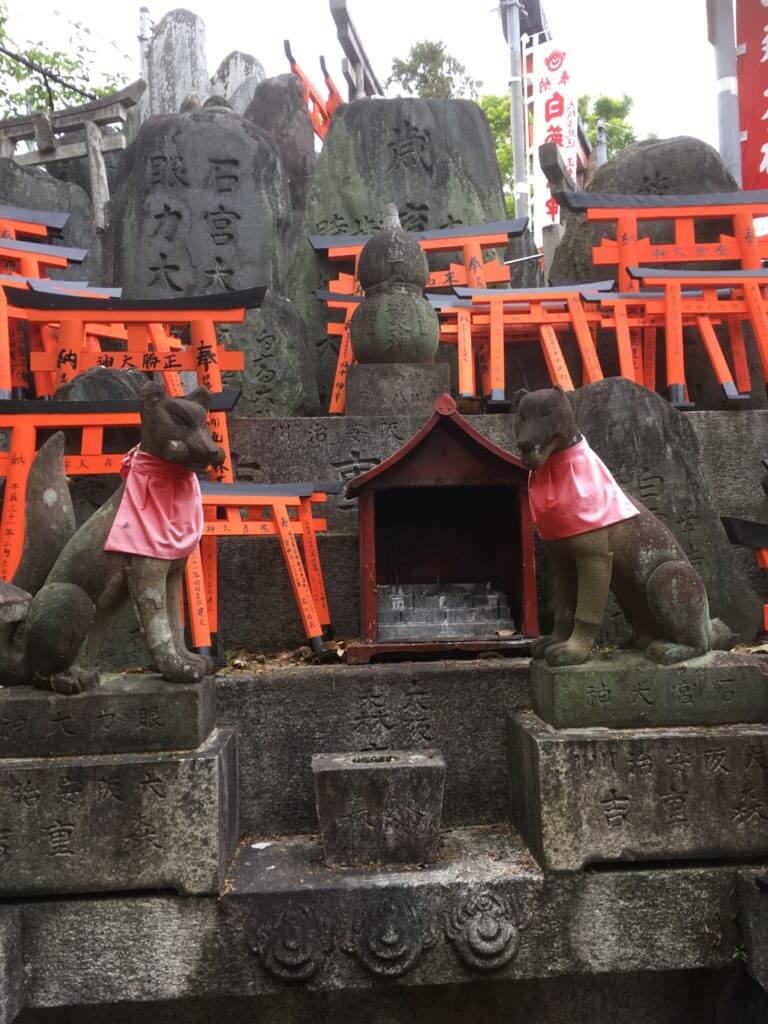
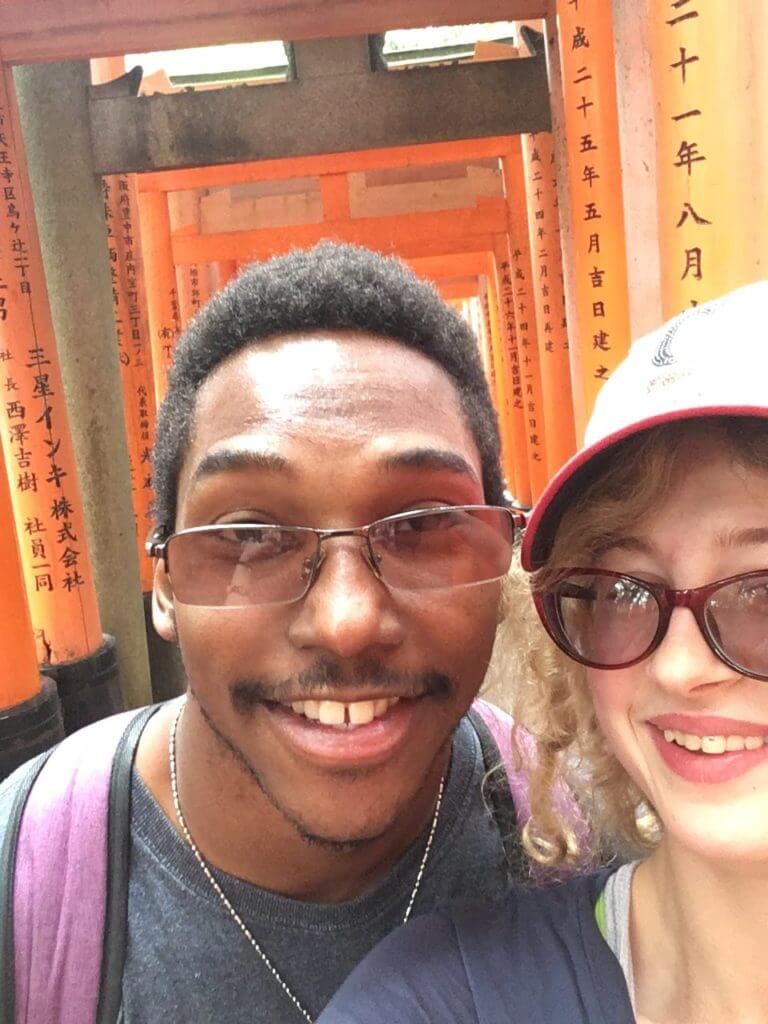
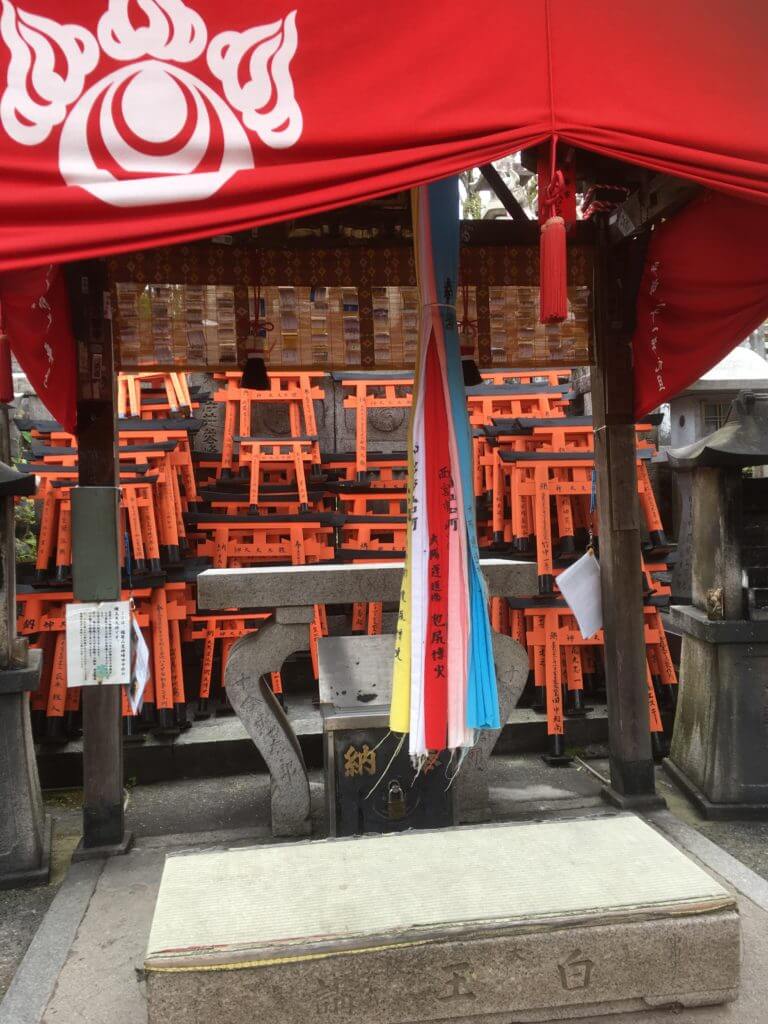
Behind the above picture, there was a maze of shrines. We thought it was the summit, but then we saw a couple of Japanese people go behind the shrines…. and we got a wonderful view of Kyoto!
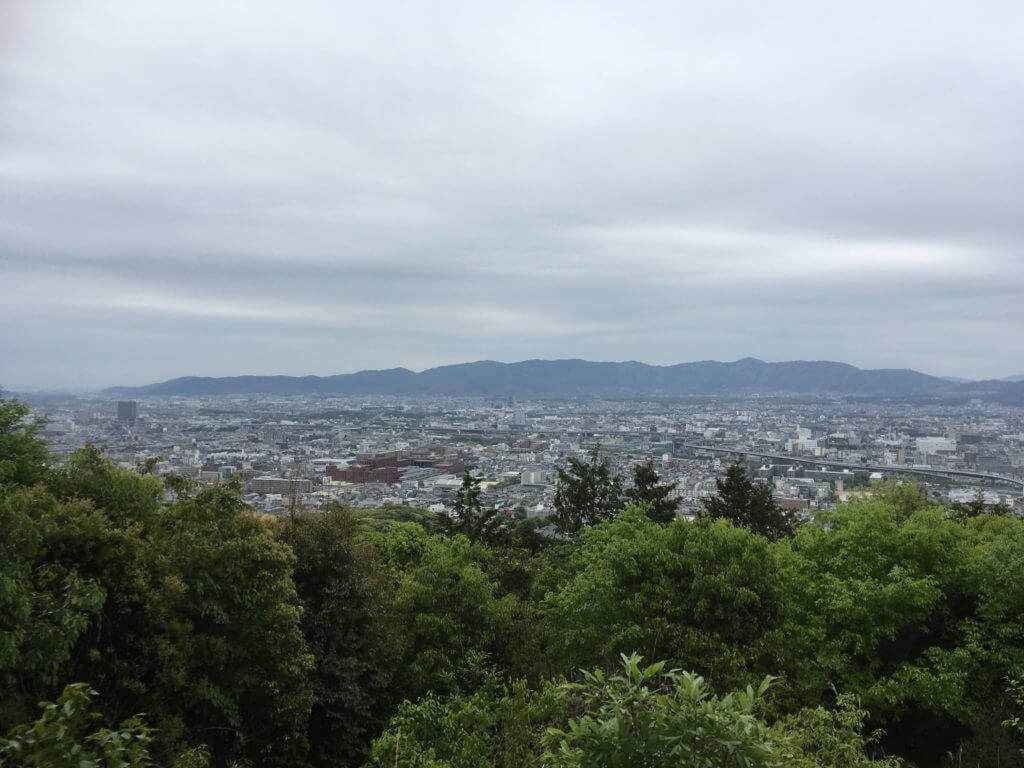
Luckily for us, very few people realized it existed. We sat up there for about 40 minutes, eating some “inarizushi” (tofu stuffed with rice) and drinking some “Japan Cola” pepsi, and less than 10 people came up in the area.
When hiking back down, we decided to take a side path that no one else was taking. Unfortunately, it turned out to be a cemetery at the bottom. So we had to hike back up, but we got some nice views of the gates in a quiet area!

Once we reached the bottom again, we both decided to get more food. I got the freshly blended orange juice (sticking the blender into the orange, serving the juice in the peel), and Christian got some grilled squid (ika) and a grilled chewy rice piece with cheese on it. I also bought a couple of fox keychains as souvenirs.
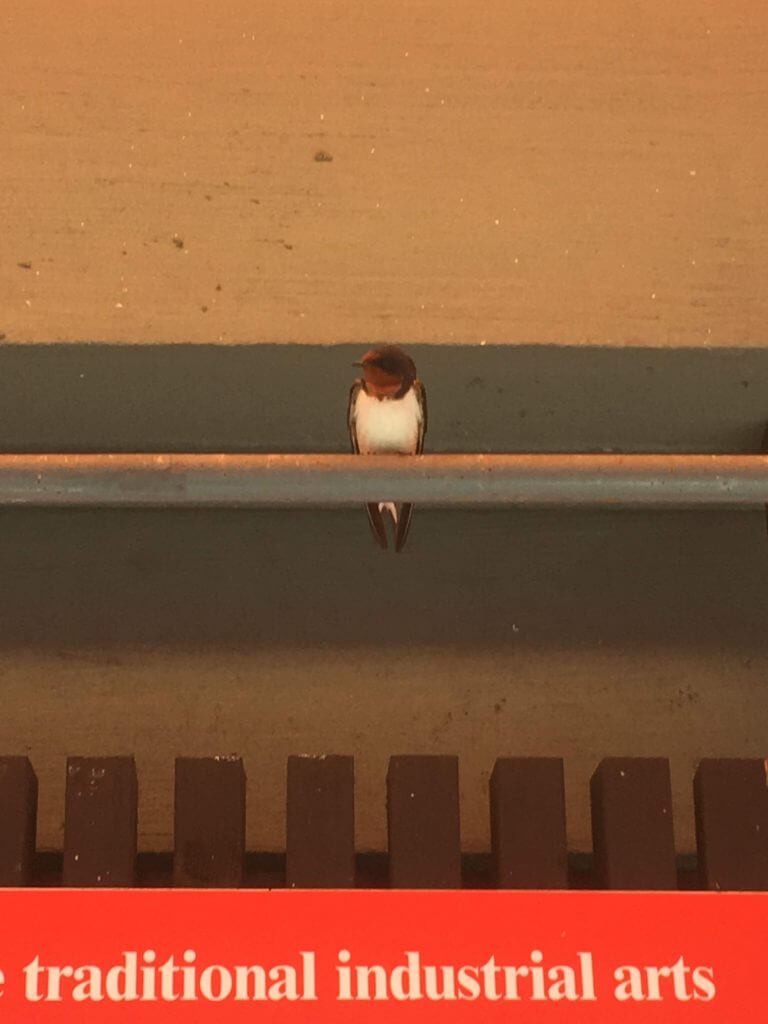
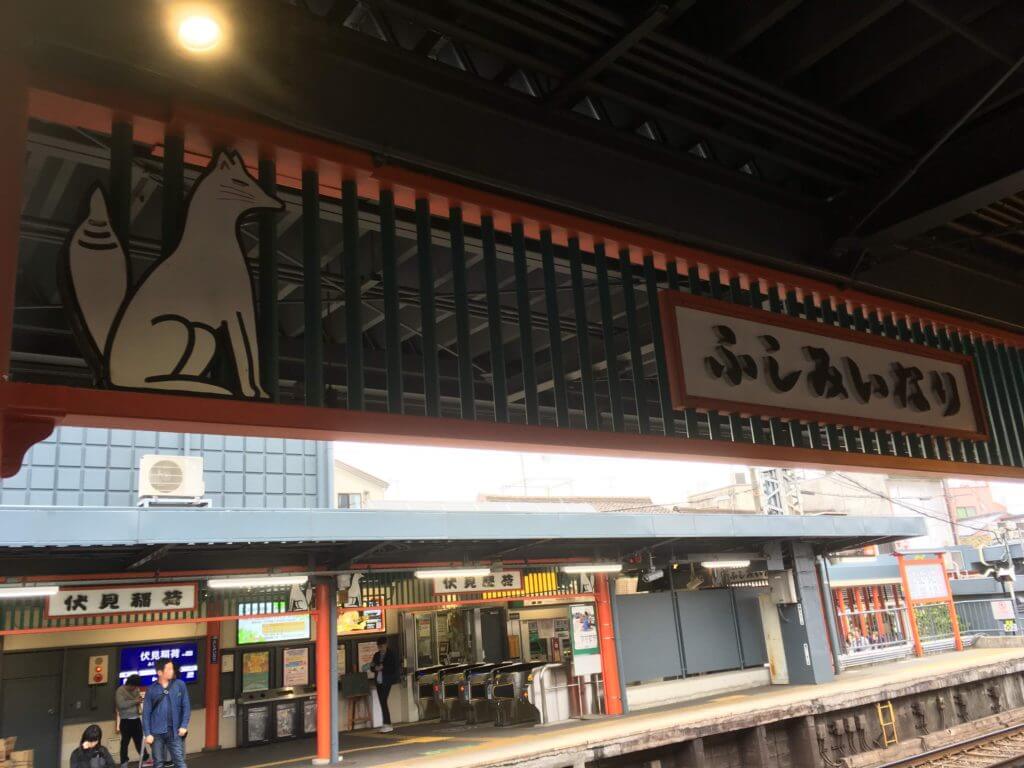
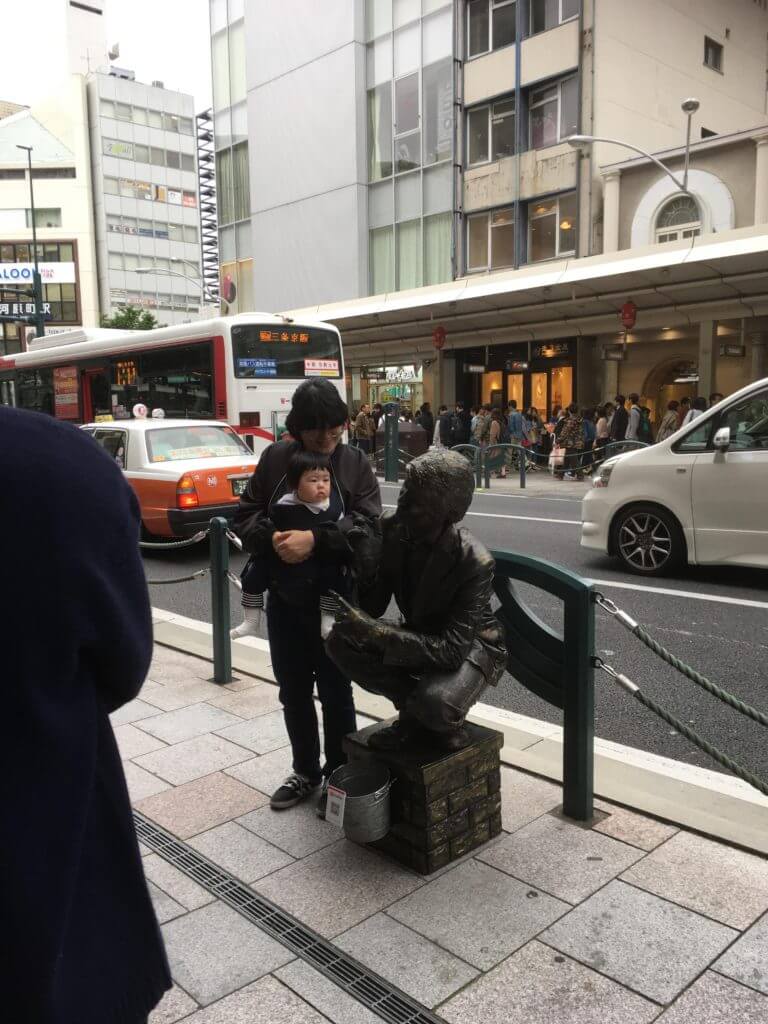
We then headed to Nishiki Market to get some more food! We weren’t sure if it was the right place at first, as Google Maps had the entrance on the opposite side of where we were. But the distinctive ceilings gave it away.
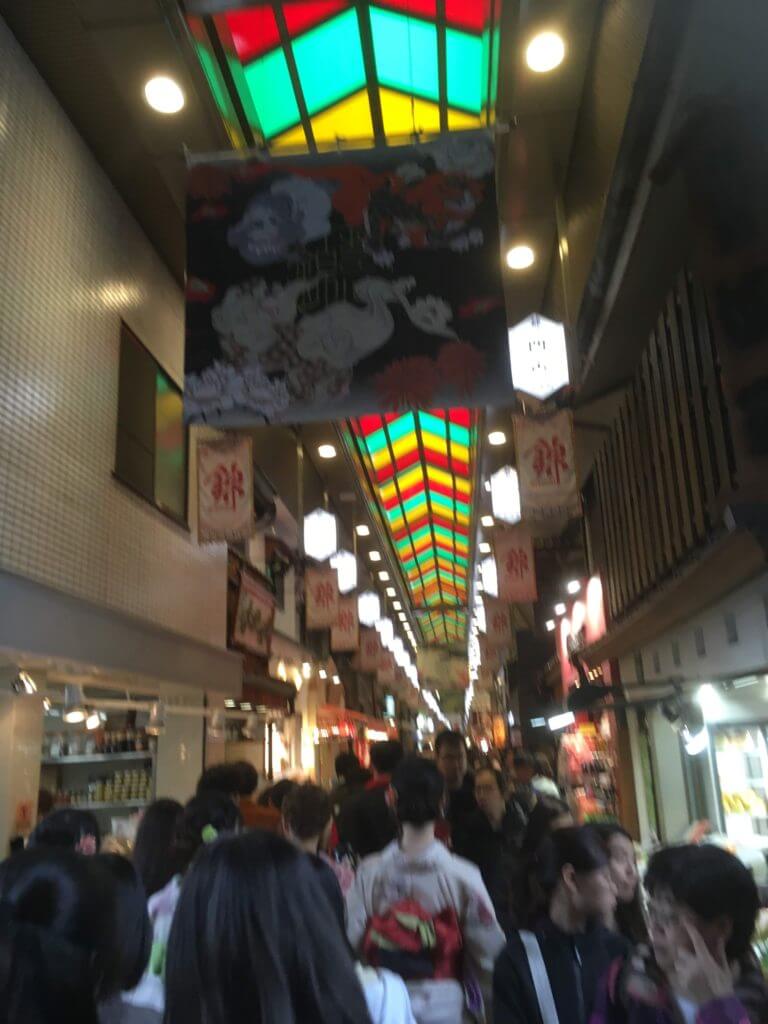
We stopped to ooh and ahh at the food. We almost bought some furikake (spices to put on top of Japanese sticky rice), but since we had the spices from the day before, we decided against it. However, I’m a sucker for fresh sesame sweets, and when I saw a shop selling nothing but sesame products, I had to stop in. I didn’t get any of the sweets or candies, but got some of the freshly baked sesame balls. Two of them had camembert cheese inside, and two had anko (red bean paste) inside. Both flavors were absolutely delicious! Christian ended up getting the cheese ones as well, as cheese is in short supply in Japan.
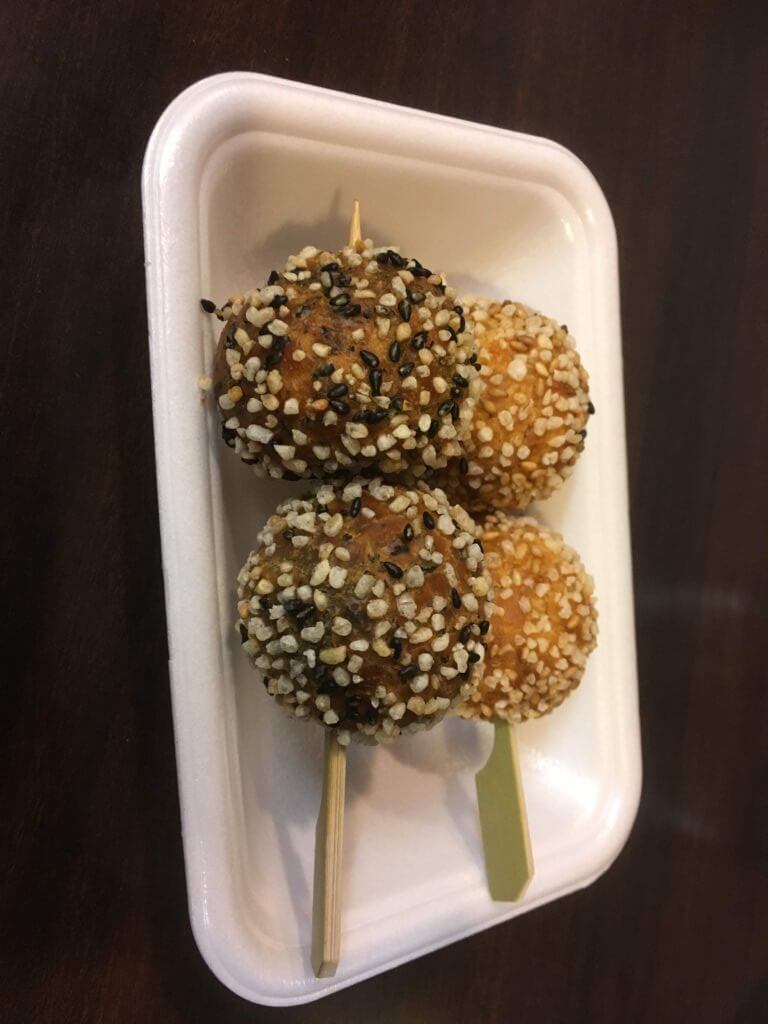
Before heading to Osaka to check into our hostel, we each got a fresh raspberry smoothie, and I got a cup of kaarage (Japanese fried chicken) made with thigh meat. It’s so juicy and dripping with fat in the best way possible! It’s a totally different experience from American fried chicken, so I’d recommend trying it here!
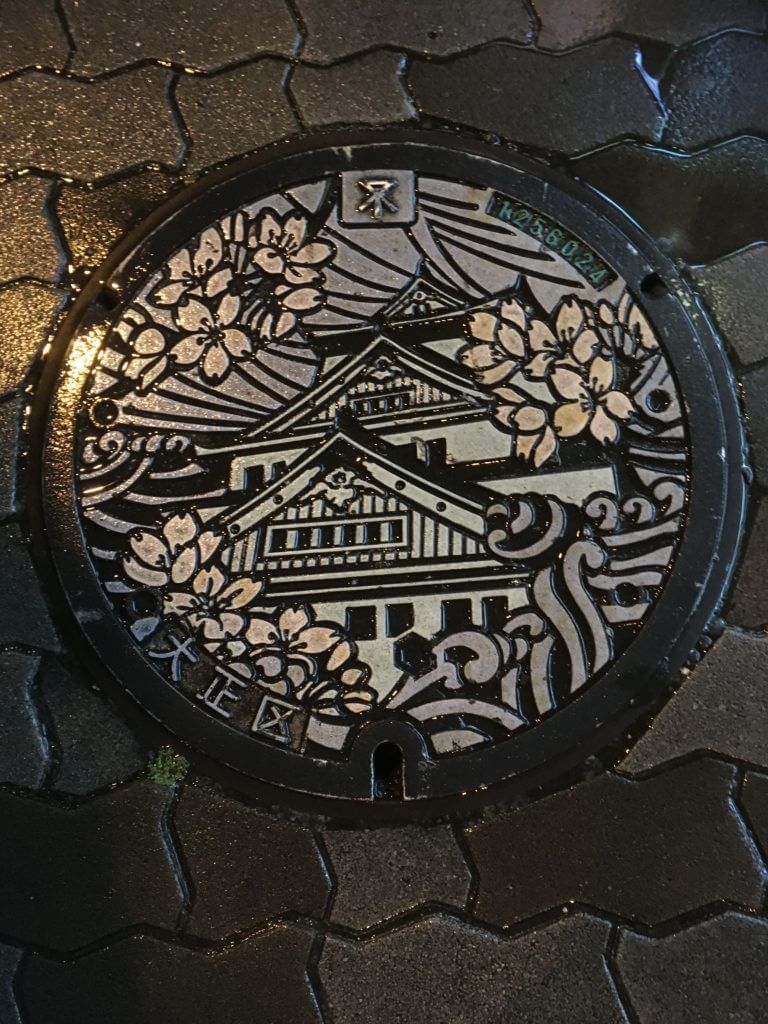
At the end of our days in Kyoto, we went to Osaka, checking into the Guest House Koma, and meeting a local couchsurfer. He grew up in Osaka and met us to have dinner at his favorite izakaya (Japanese pub). It was my first time at an izakaya, so it was a pretty good experience! We talked about lots of different things, and we had a great time with him. He taught himself English, so he had a very unique perspective on the language, and other cultures!
Part 2 of this post: Osaka, Kobe, and Nara- coming soon! Subscribe to the newsletter to find out when it comes out!

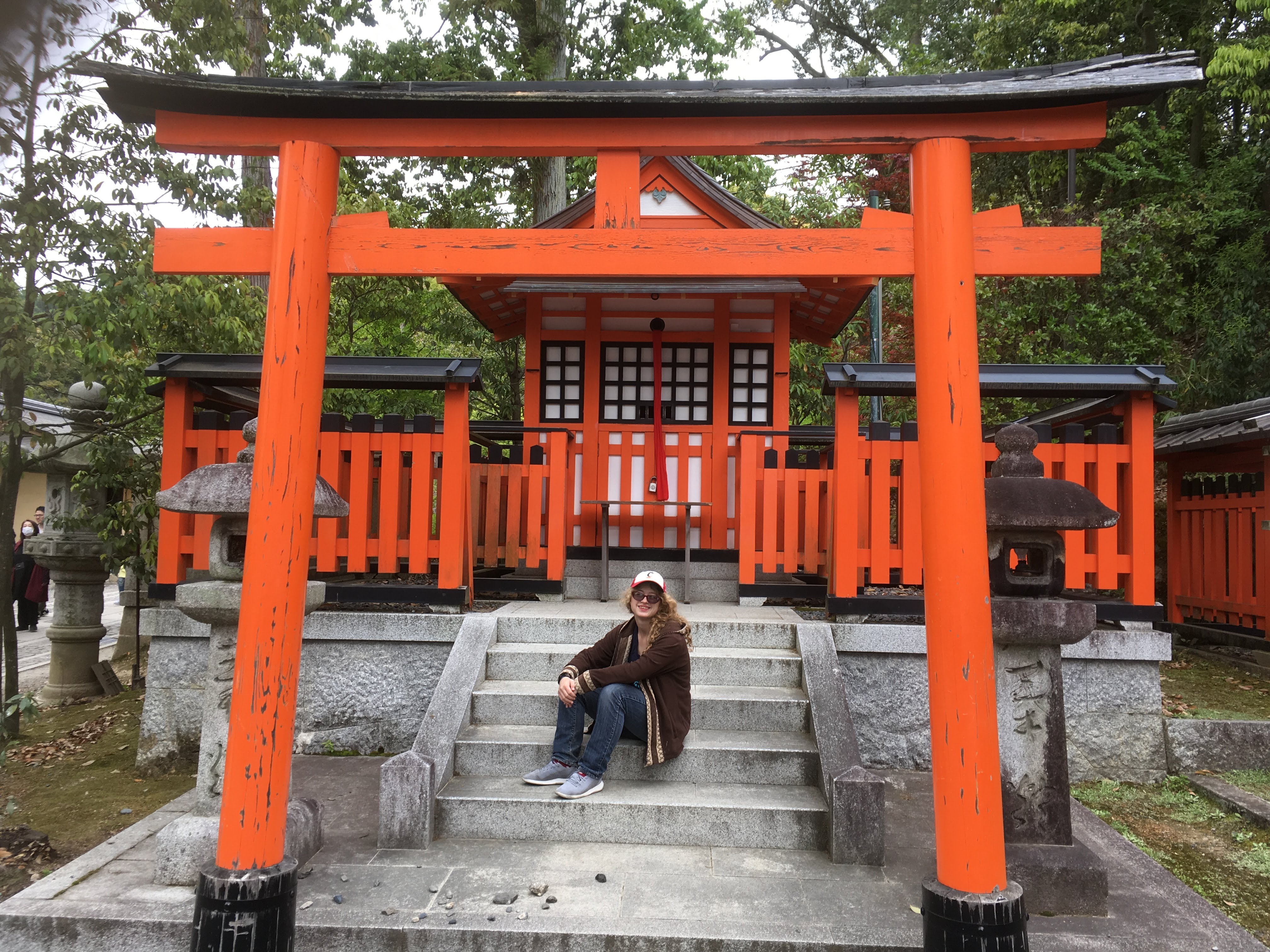
Recent Comments